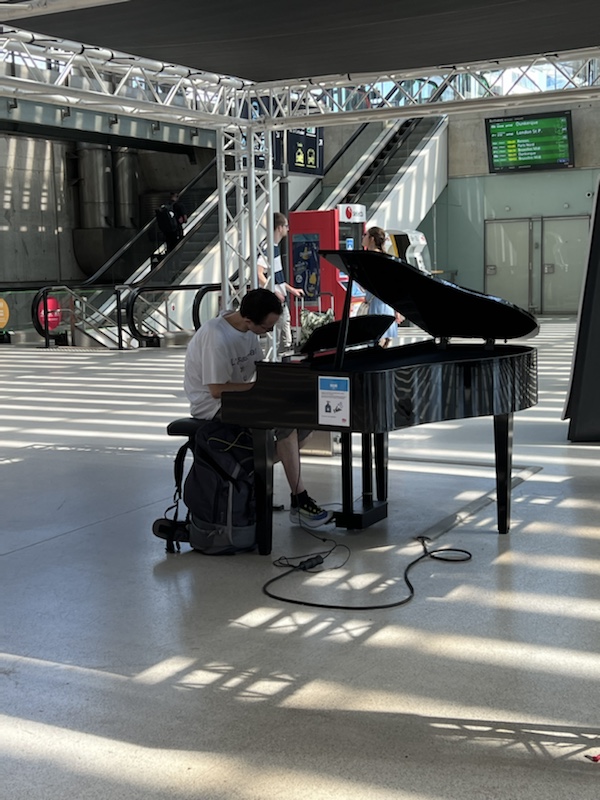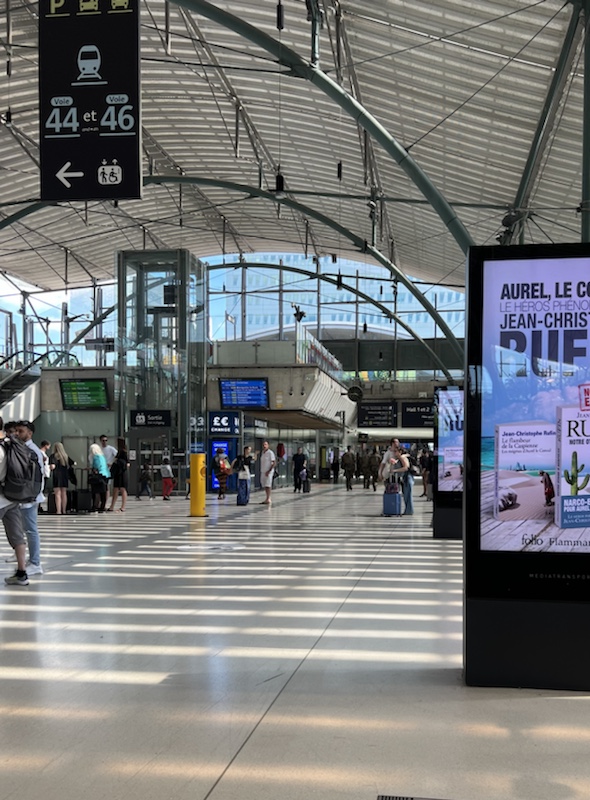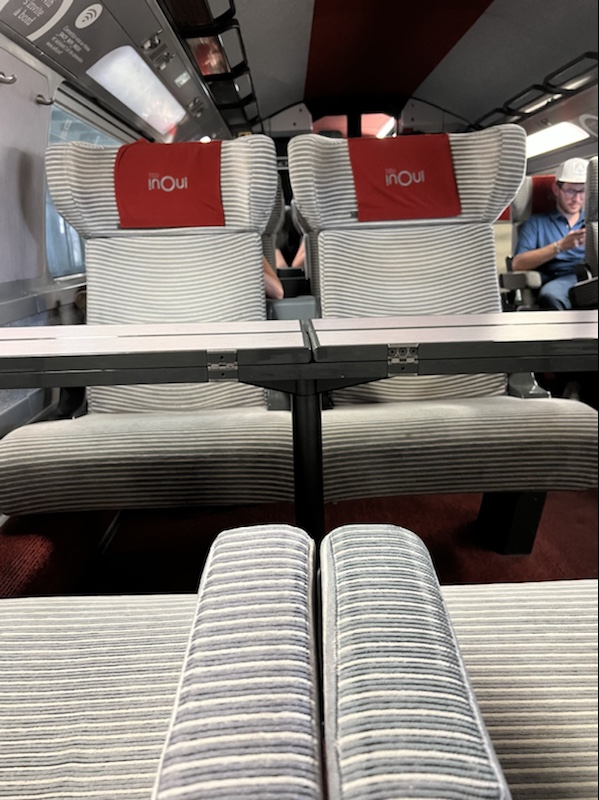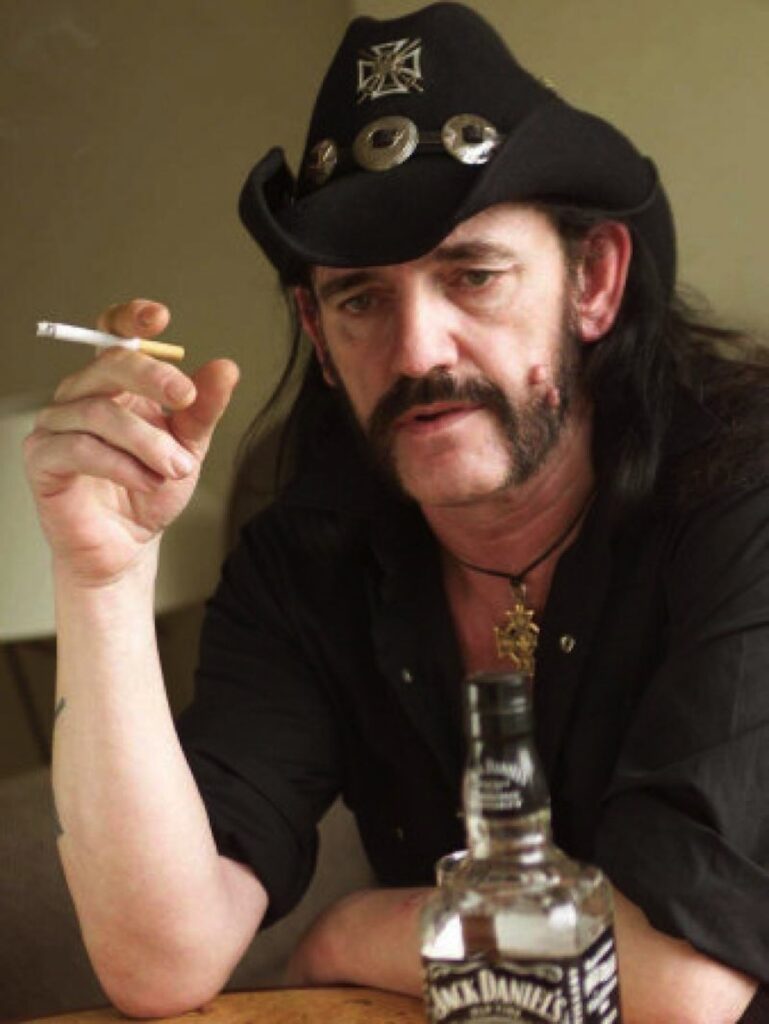For a few years now, there’s been two things I wanted to experience in Japan… 1) go to a sumo wrestling event and 2) go see a Hatsune Miku concert and find out how that works and what the big deal is. So when we were making plans for this trip and found out that Hatsune Miku was going to be ‘playing’ in Brisbane literally the day we get home from Japan, it kinda felt like we had to go.
For anyone who happens to stumble accidentally over my dribble driven blog, and is unfamiliar with Hatsune Miku, the whole thing is totally weird, and also very typically Japanese. Hatsune Miku is a Vocaloid (a vocaloid is a like a digital software voicebank, in this case one that was developed by a company called Crypton Future, which is capable of talking and singing entirely with a large pre-reordered database of vocal data). Hatsune Miku is officially known as CV01, and is a likeness of a 16 year old Japanese girl with extremely long turquoise hair that she wears in huge long pigtails. The personification of Hatsune Miku has been very cleverly marketed and branded and is effectively a virtual rockstar or teen idol? The representation of Hatsune Miku perform at “live virtual concerts” (oxymoronic much?) on a stage as a high tech animated holographic projection. The image is rear projected on a special glass screen… so we are effectively all here to watch a big TV screen with a pretend pop star playing a pre-recorded show that is synced to live music; cos yes, there’s a back up band!

Yale and I had really good seats actually, we were in the stalls, probably about 25 rows deep. We got a great view of the hologram, and it afforded us an opportunity to really observe the crowd – which I found quite twice as fascinating as the show. I did feel like I was Jane Goodall amongst her subjects though, just completely fascinated by how enthralled and engaged the audience was with this ‘artist’.
Cos Hatsune Miku is computer generated, I got AI to create me a selfie of me as Jane Goodall observing the concert… stupid AI wouldn’t make me into an age appropriate Jane Goodall though, would it?! But other than the grey hair and the obvious wrinkles, yeah not a bad representation. 😁

The music was largely unfamiliar to me, if you want to see Hatsune Miku videos, there’s heaps of them on YouTube, and it’s all super poppy, with high pitched young squeaky voices… not my thing at all – which is probably evident when you consider the only other concerts I’ve been to this year are Rammstein and the Hu..!
She (I don’t know?! Can you misgender a holographic vocaloid?) also had a bunch of holographic vocaloid friends that were part of the show too (I’m reluctant to say they ‘performed’, for obvious reasons!). So I spent the show watching the quality of the display, but also watching the crowd, and they were soooo into this!



My iPhone coped really well with the lighting conditions, the projection and the 30m or so to the state to get some great renderings of the rendering!



Hatsune Miku is a cultural phenomenon in Japan, I would have loved to be able to go to one of these shows in Japan to see how over the top the crowd was, but I imagine, in order to be right up in the middle of it, I would have totally bawked at the cost of tickets. As it is, we were surrounded by fans who had the offical Hatsune Miku Glowsticks that look like this:

They sell for AUD$60 each and were sold out FIVE HOURS before the concert started! They’re literally a strange little torch with LED light/s that have a colour changing function. And (this was the weird bit to me), every single one of the fans who had these Glowsticks knew exactly what colour to change their Glowsticks to for each song *and* they all knew a routine of movements for waving their Glowsticks that went with each different song! 😮

There were some who didn’t have Glowsticks that literally filmed the entire show from beginning to end, and I don’t think looked up at the stage directly hardly at all…


And there was this lovely lady right beside me who didn’t smile once during the concert, but appeared to be in an almost trance-like state of concentration waving her stick. She was in the zone!

This couple in front of us had bought the VIP Premium ticket that came with a Hatsune Miku souvenir pack containing a Glowstick and a short, lightweight Miku kimono. There was one guy a couple of rows in front of us and a bit to the right, who was wearing a full length Hatsune Miku kimono that obviously was something he owned from a previous event or shopping expedition, who had SIX of the Glowsticks and was holding three in each hand and was almost conducting the audience behind him in keeping everyone’s the actions in synch! It was fascinating to watch how excited these kids were; I’d like to say it was a diverse crowd, but it really wasn’t… it was super saturated with cosplayers and gamer types (and some of their parents playing chaperone!).


There was even some duet acts… I have no idea how they kept the holographic display in synch with the live music, but it all went without a hitch and the holograms looked like they were singing without any lag or hiccoughs.





One thing that was very different from a traditional concert was the speed with which Hatsune Miku and friends could do a costume change! Holey moley there was some quick changes going on! Complete with huge change in hairstyles. 😆



At the end of the show, and two encore songs, there was a huge explosion of streamers from the roof which spooled out like a massive bukkake of white from the ceiling, and had the kids scrambling to try and collect some up to take home!

All up, it was fascinating to attend. There was probably less than 3000 people here, I can’t imagine what seeing this would be like in Japan or Korea with a crowd of tens of thousand. Amazing! Quite the unique cultural experience, and rounding out the end of our trip to Japan really … weirdly, I guess. 😛


So, now I guess I have to try harder to get to some sumo wrestling next time we are in Japan!

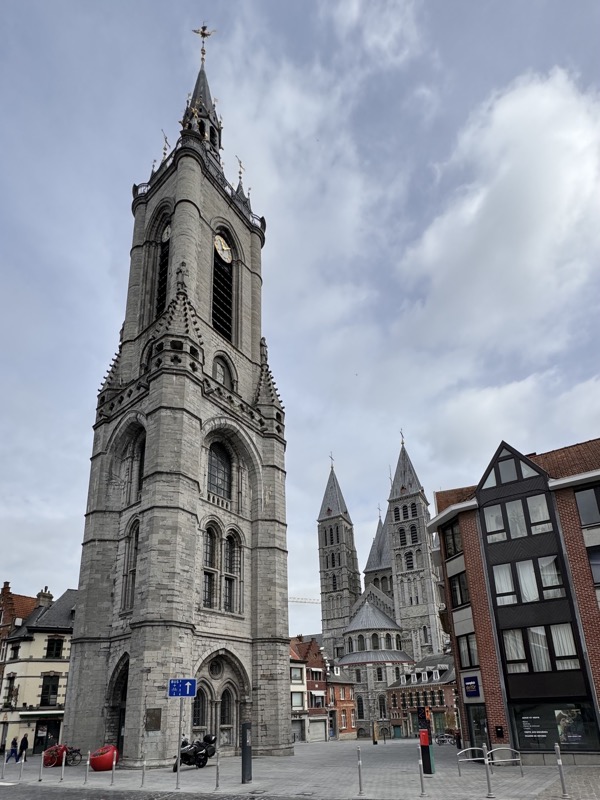
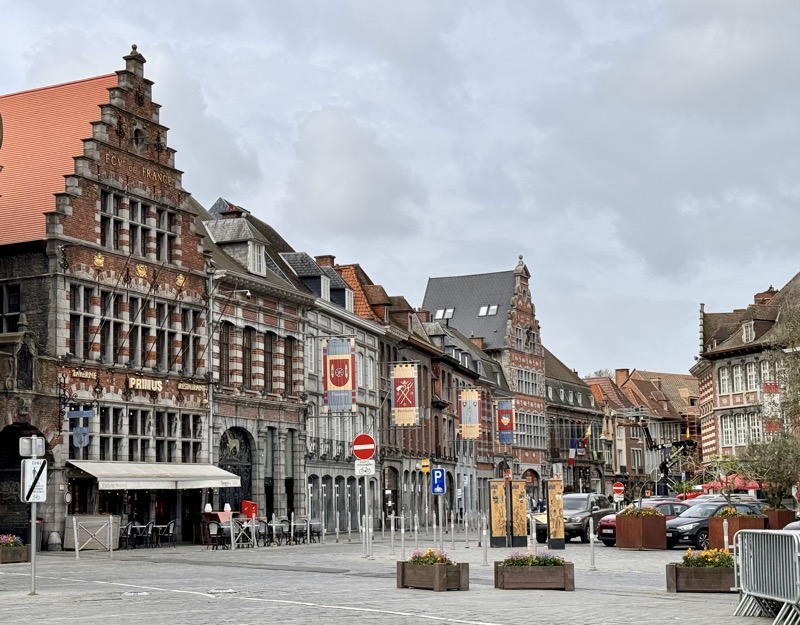
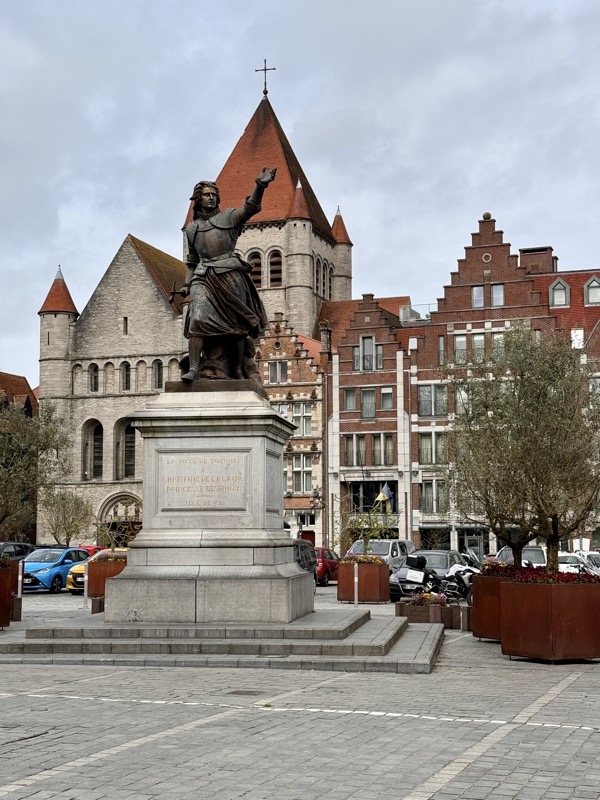
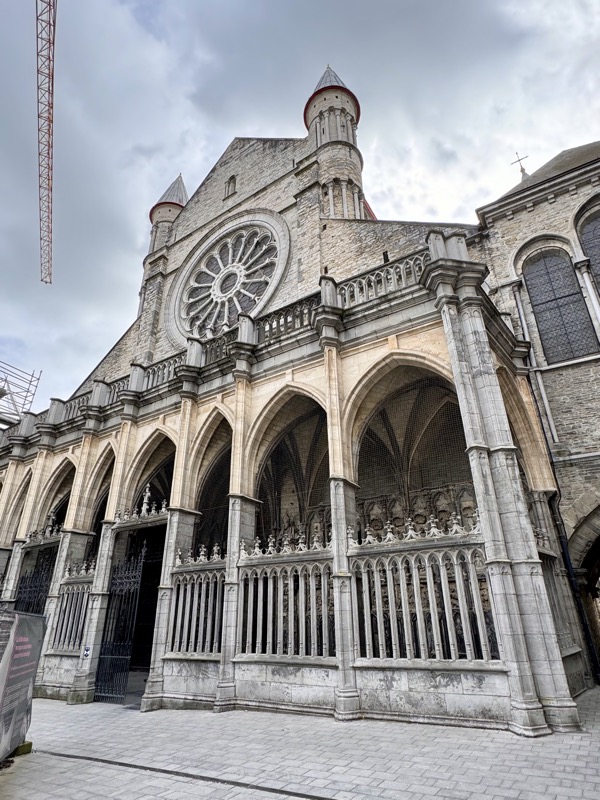
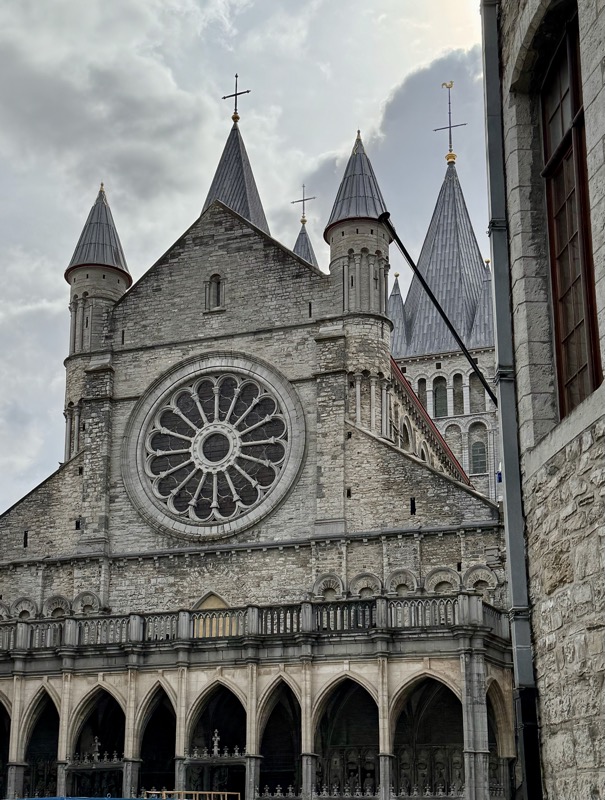
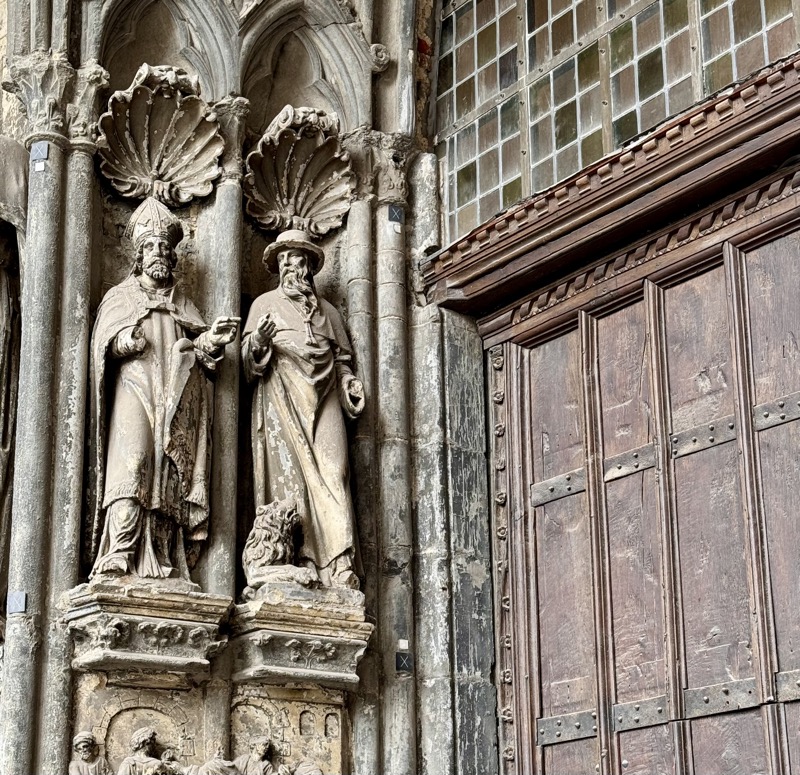
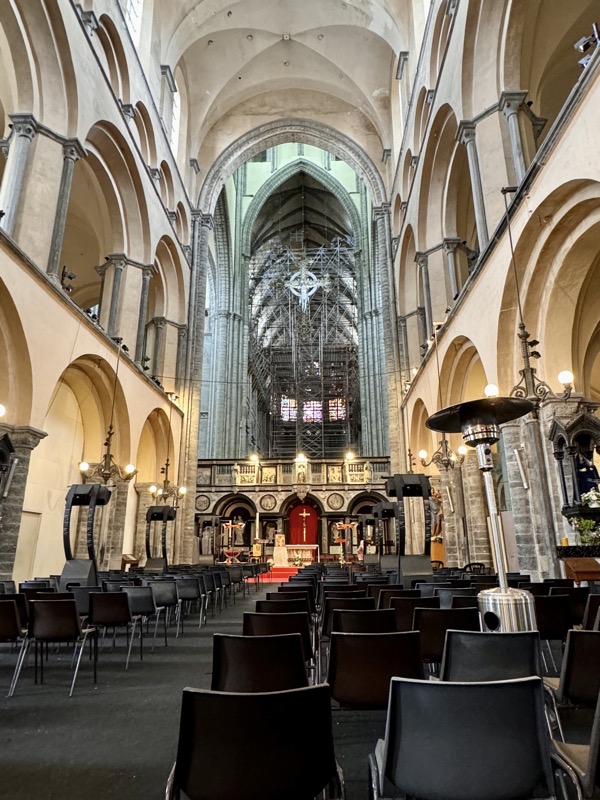
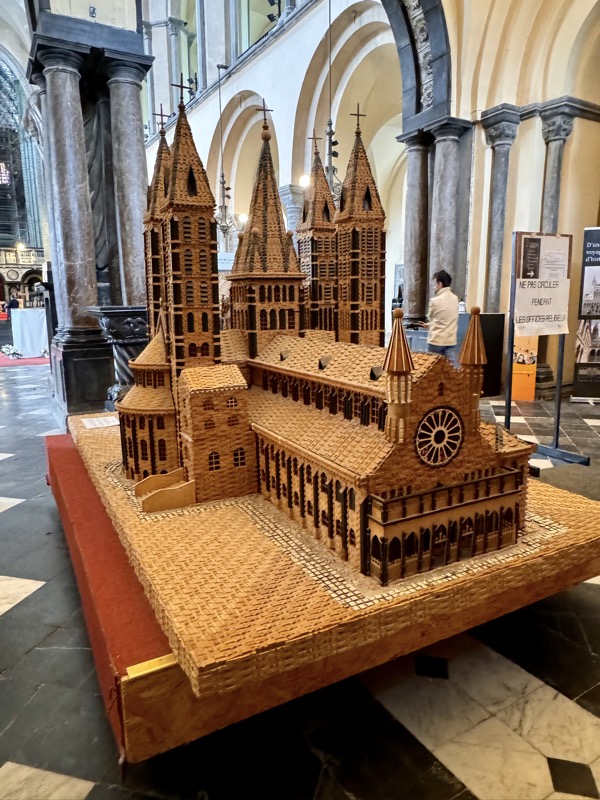
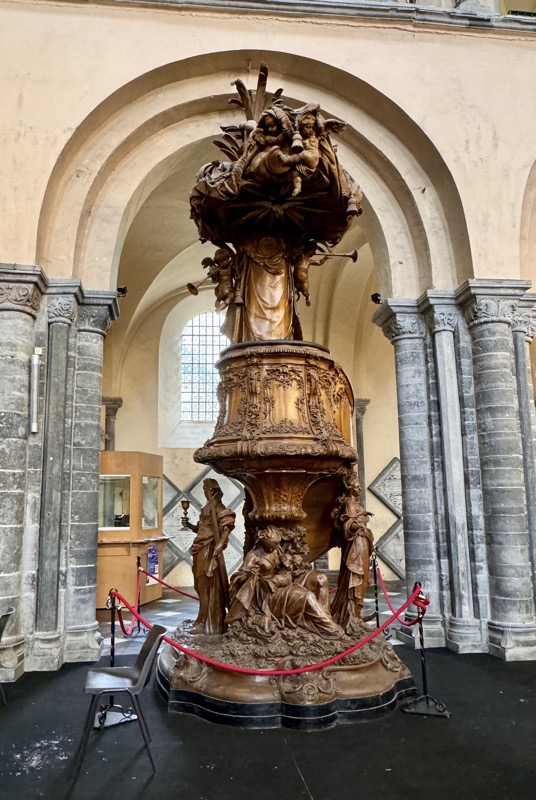
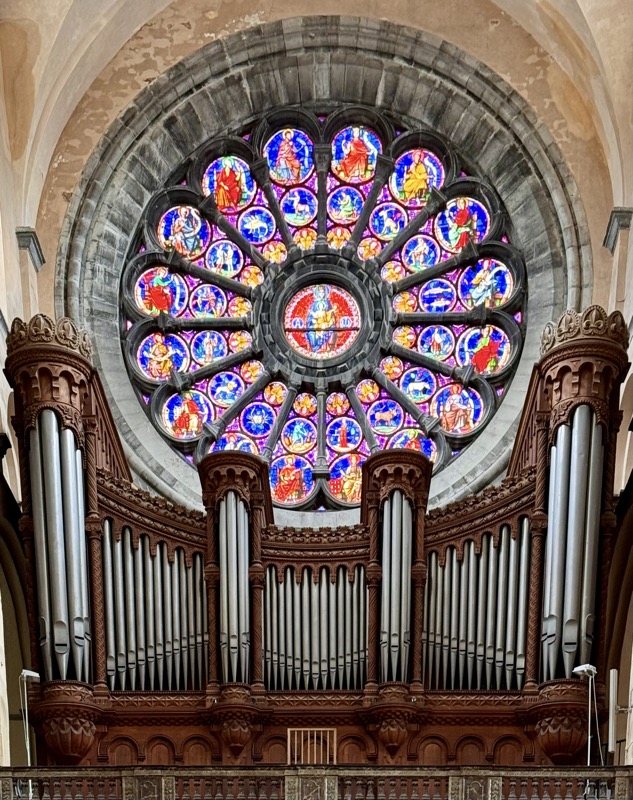
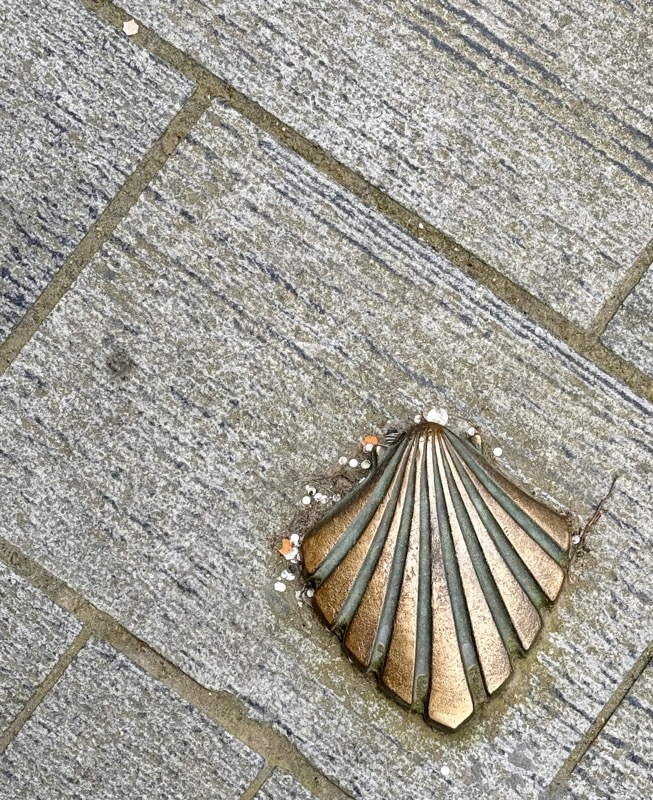
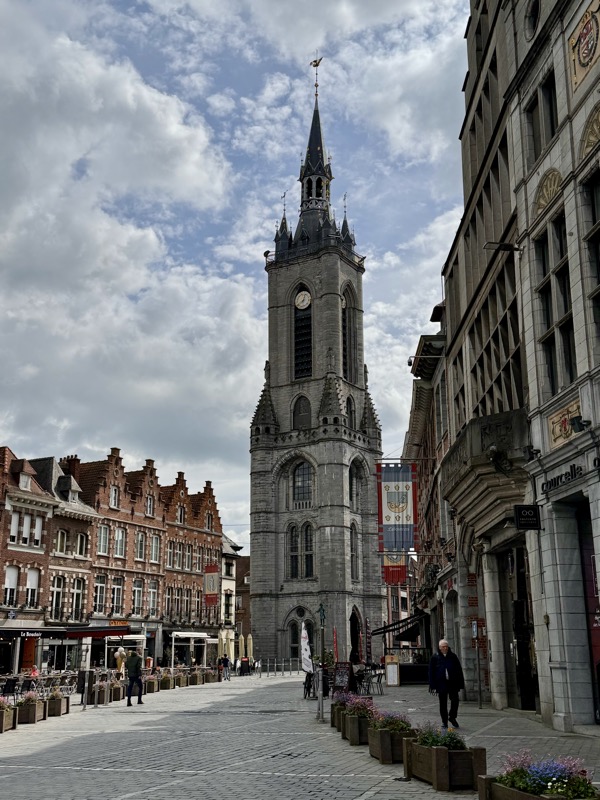

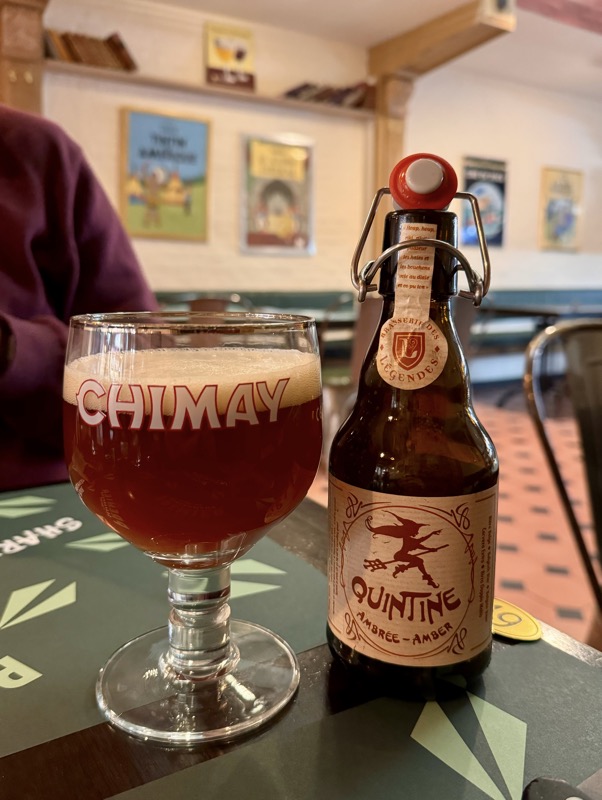
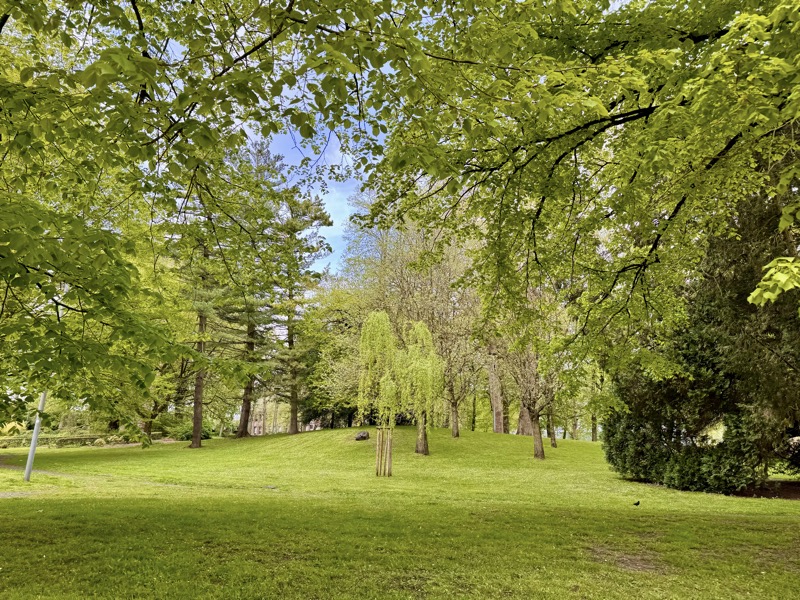
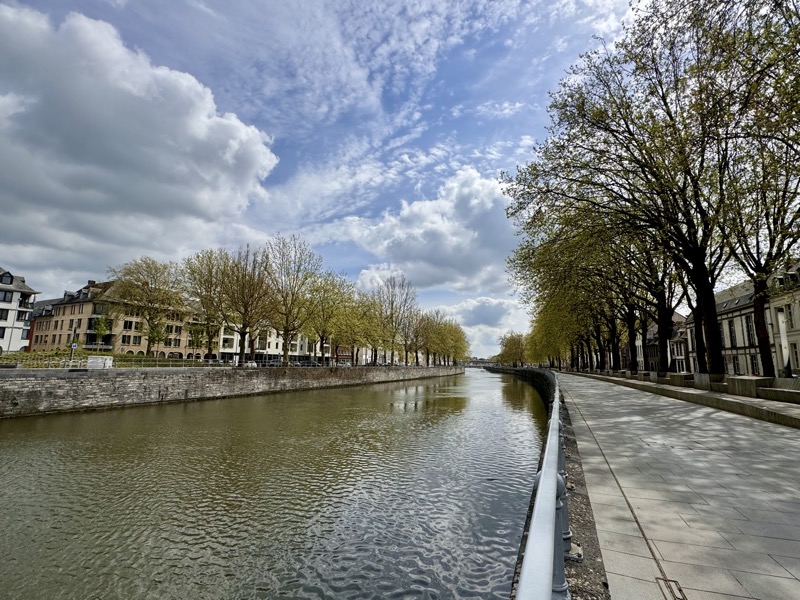
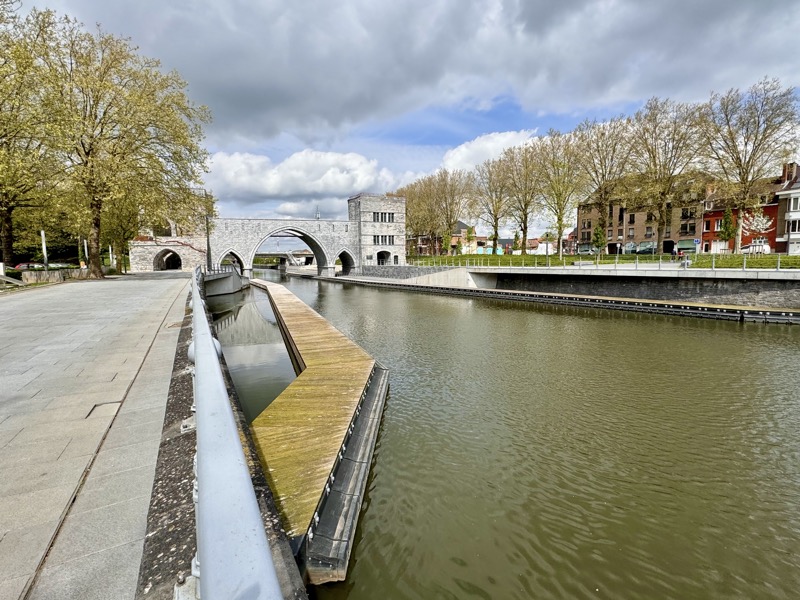
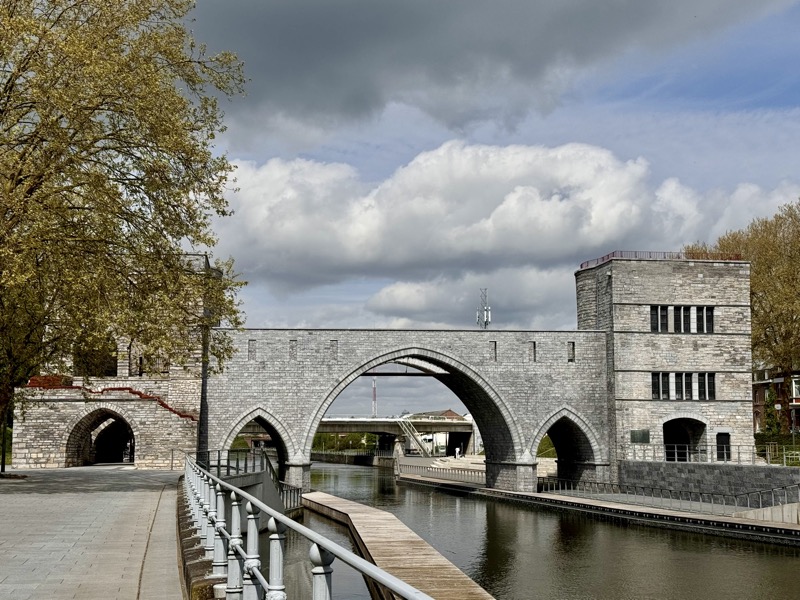
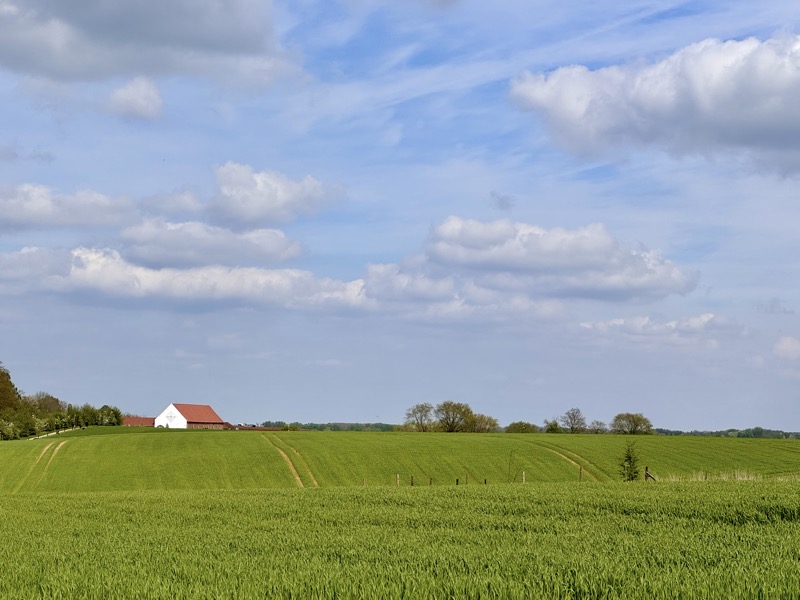
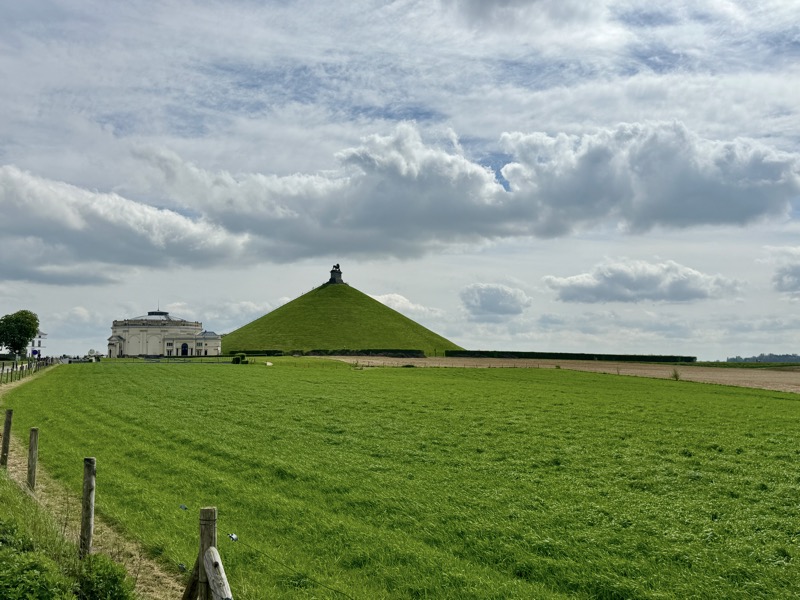
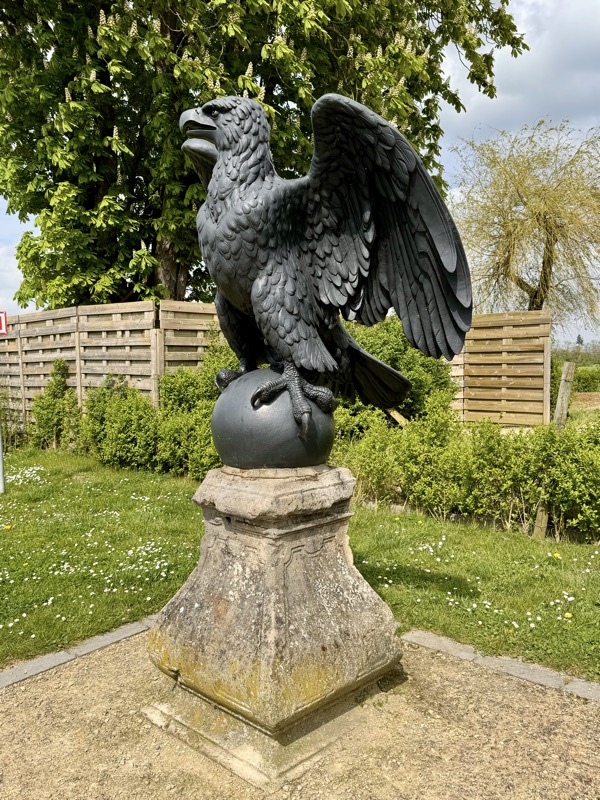
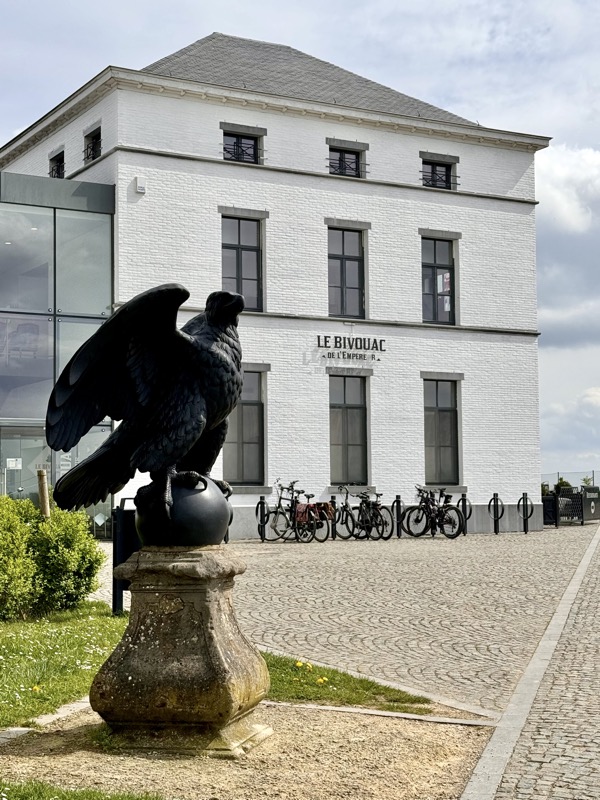
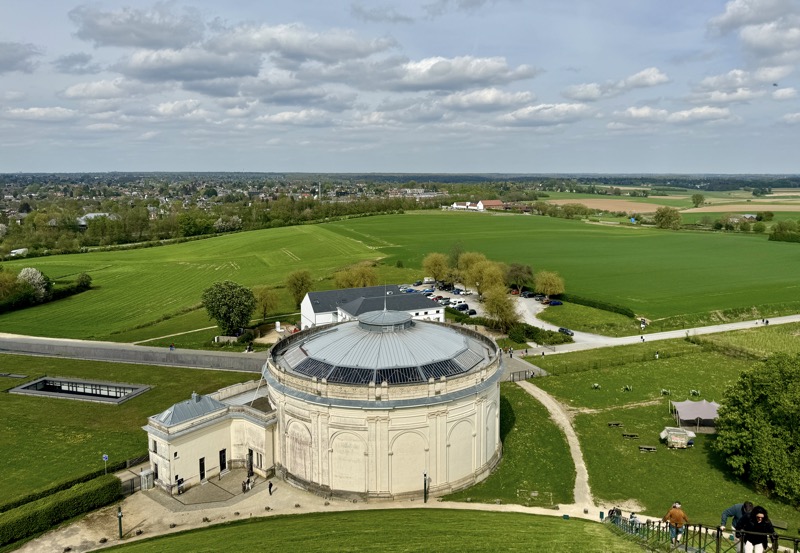
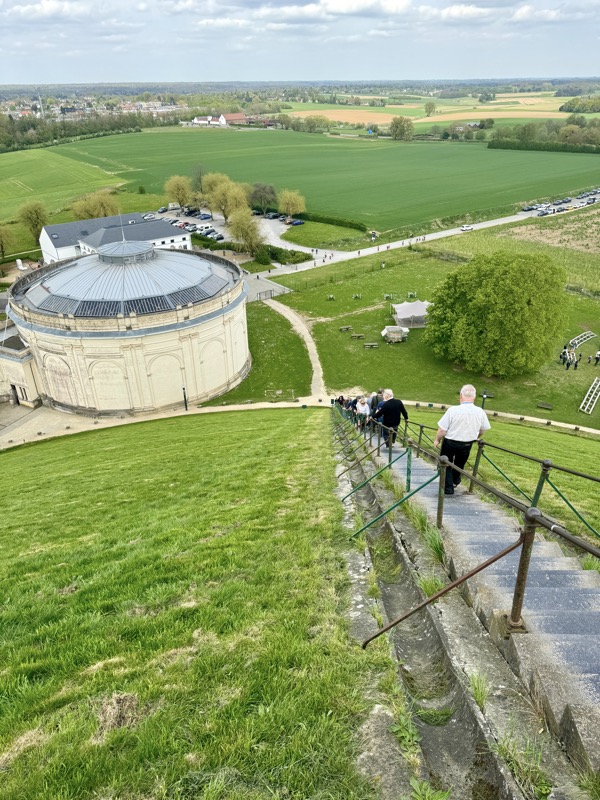
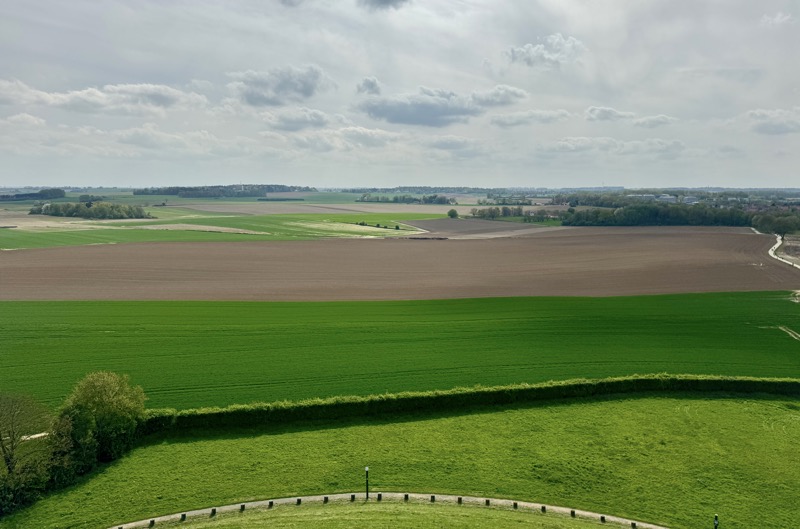
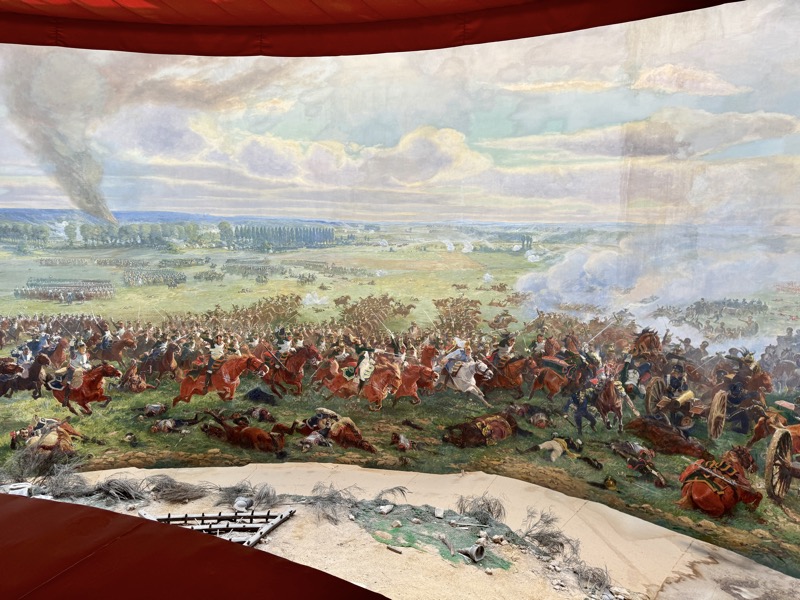
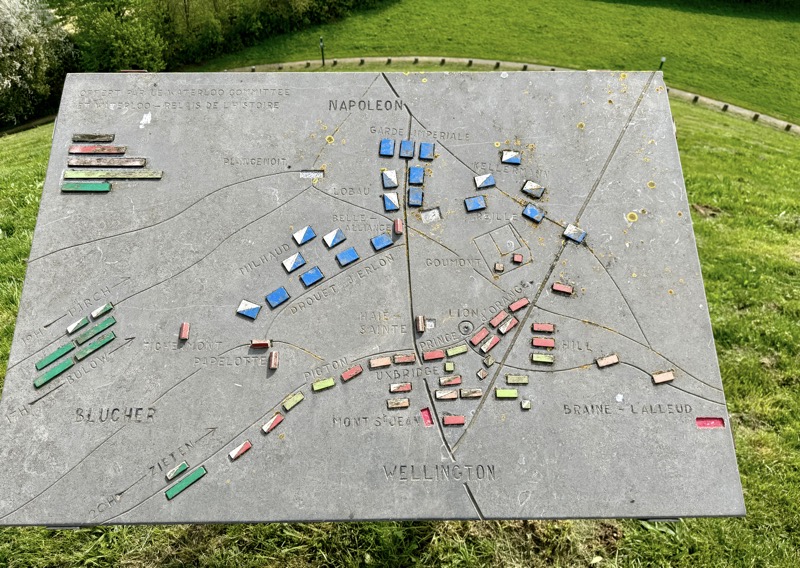
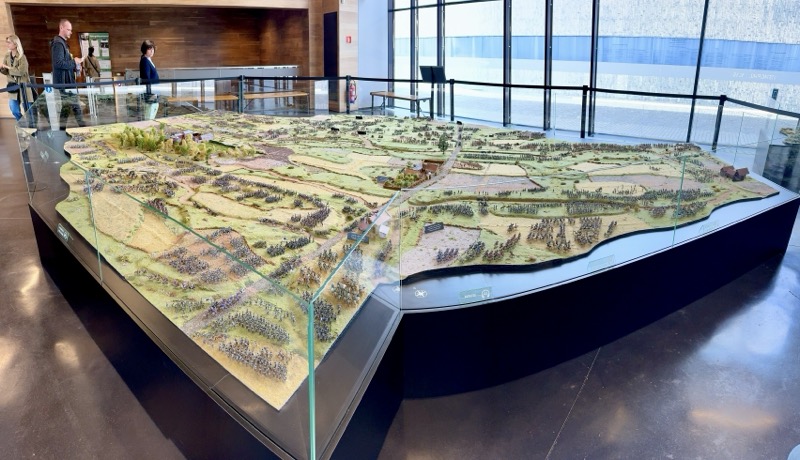
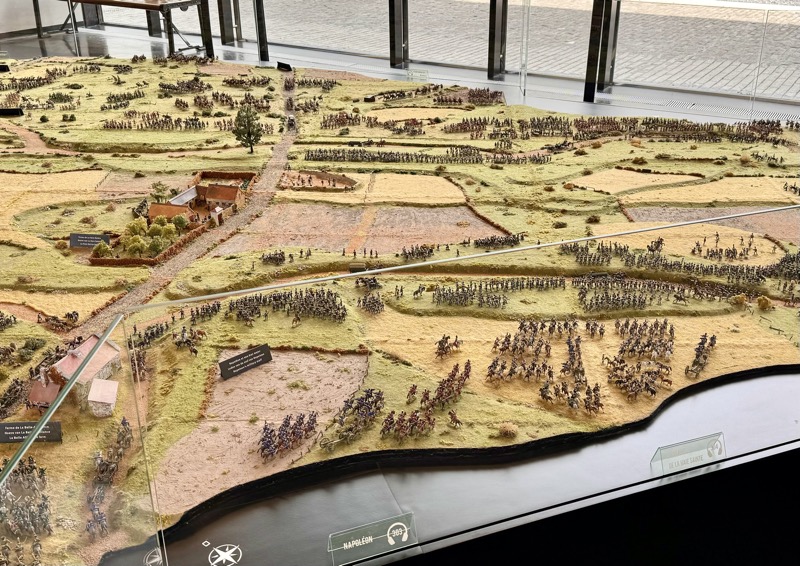
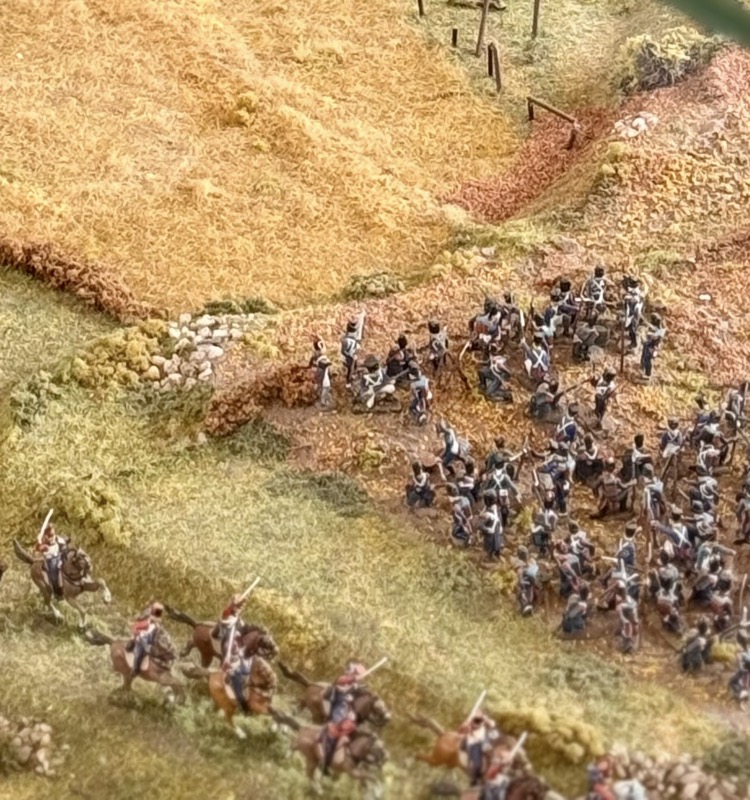
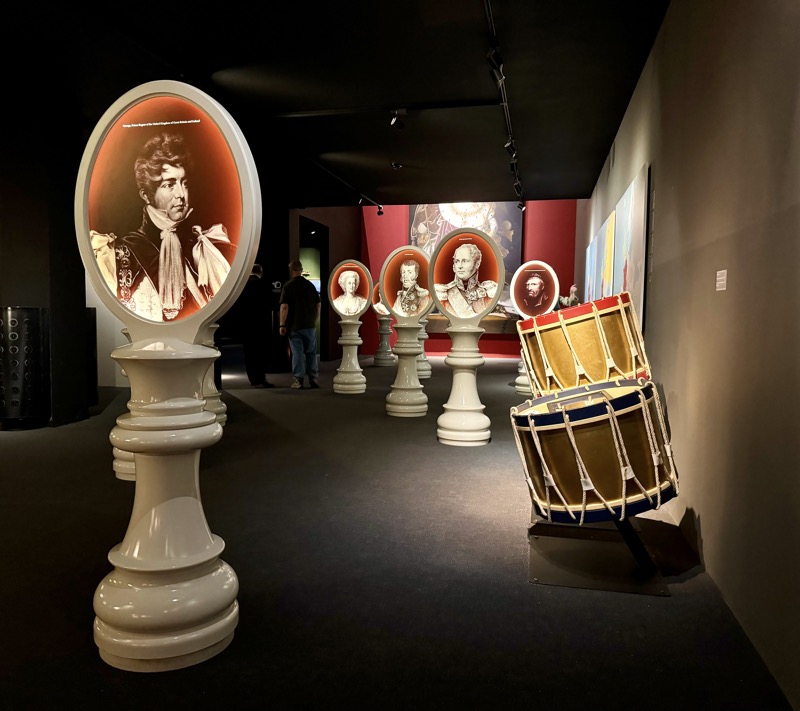
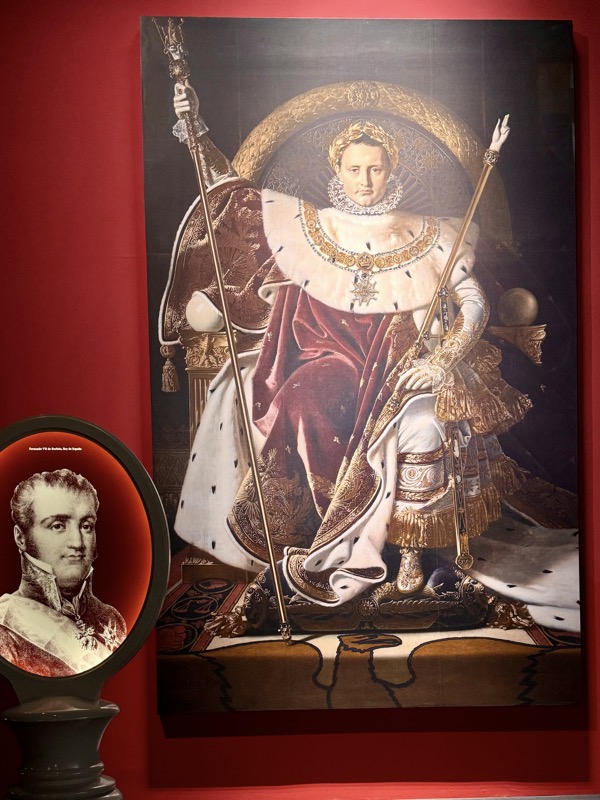
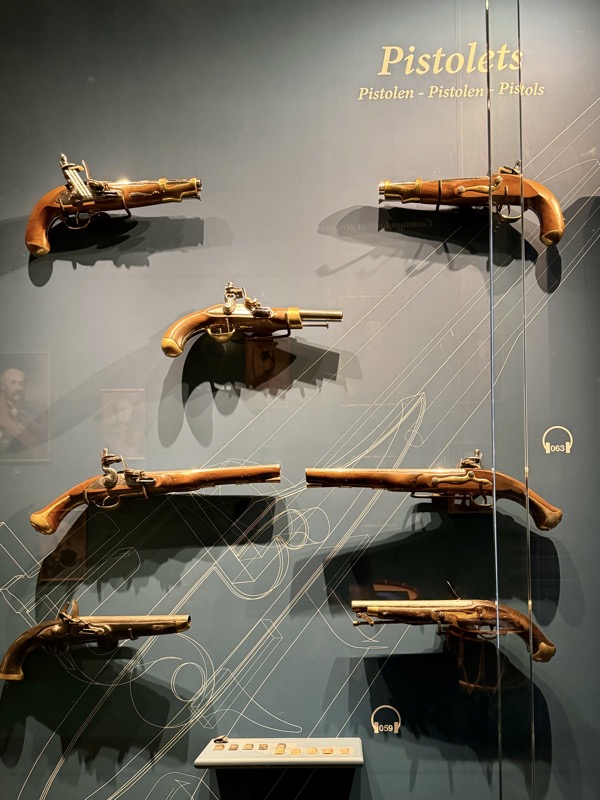
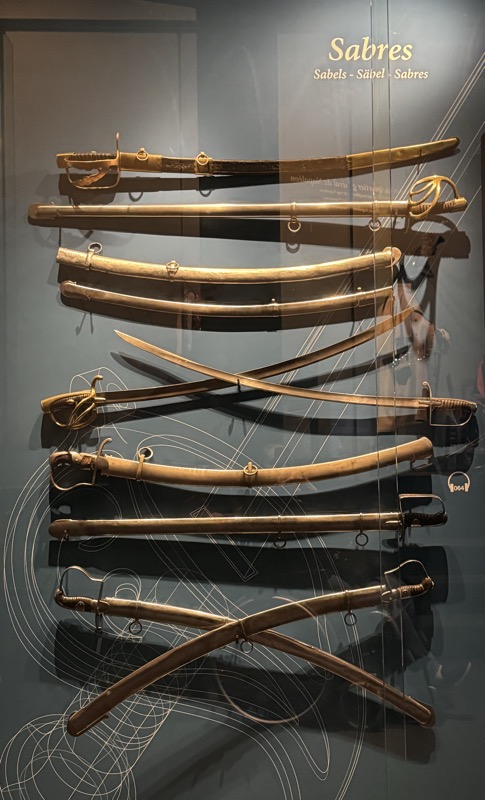
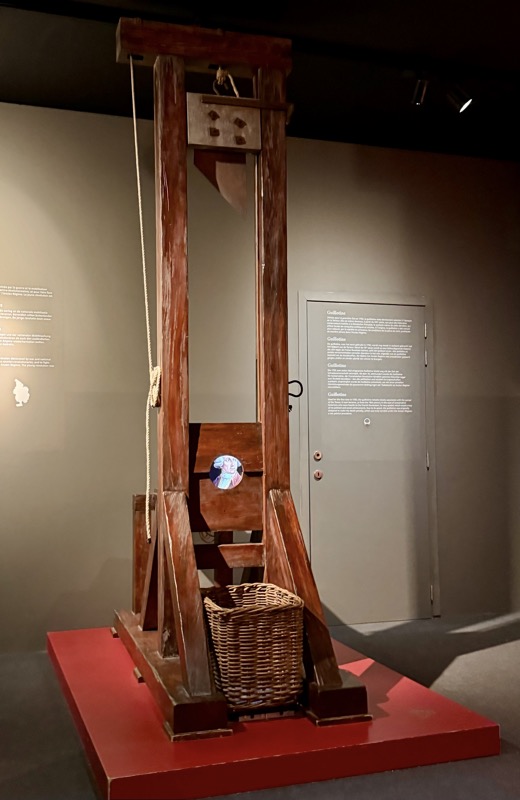
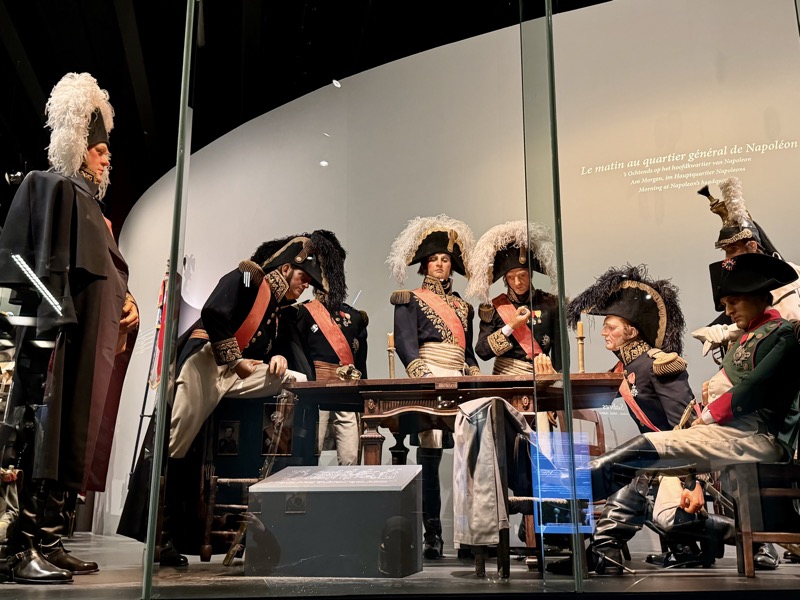
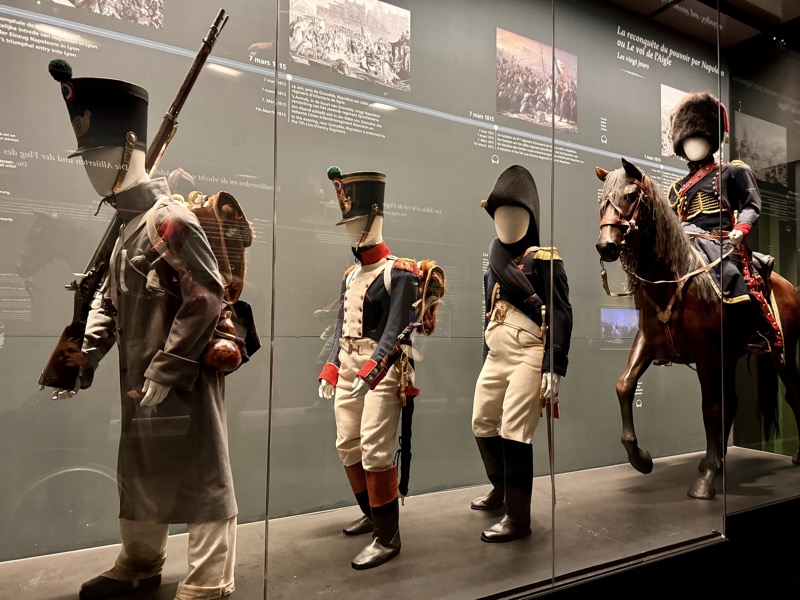
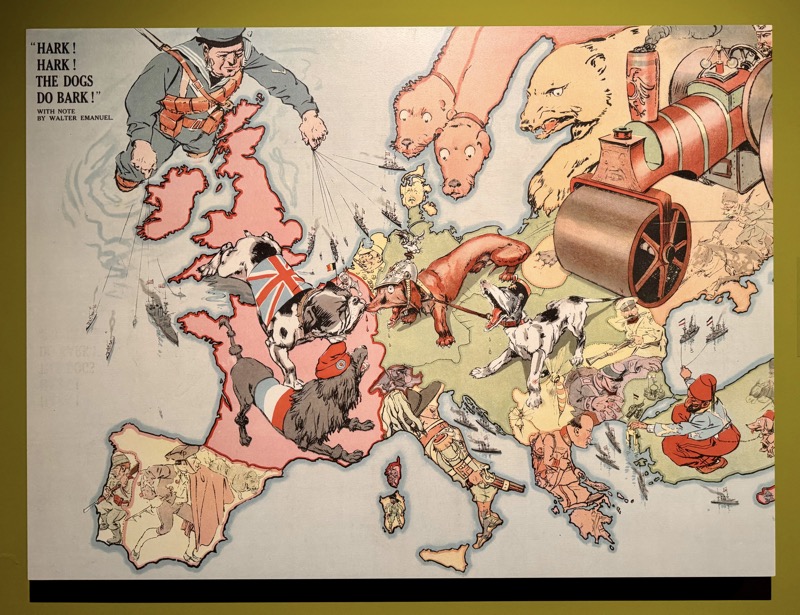
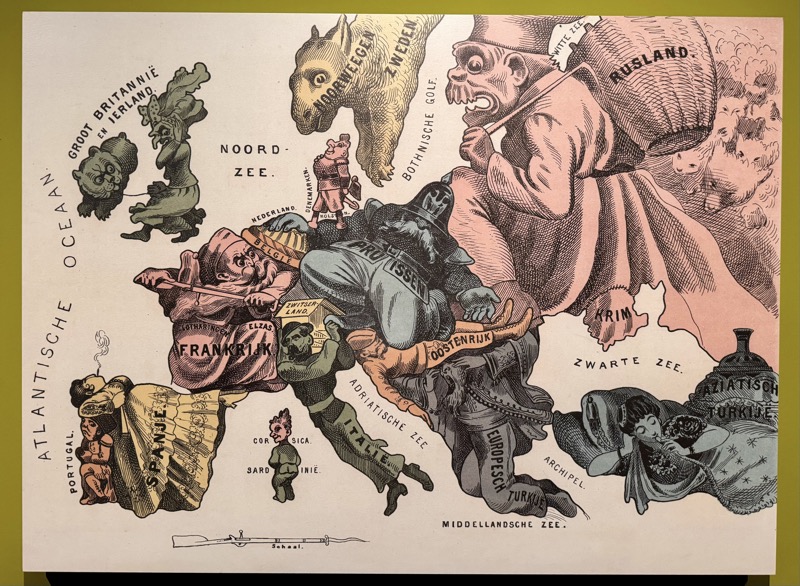
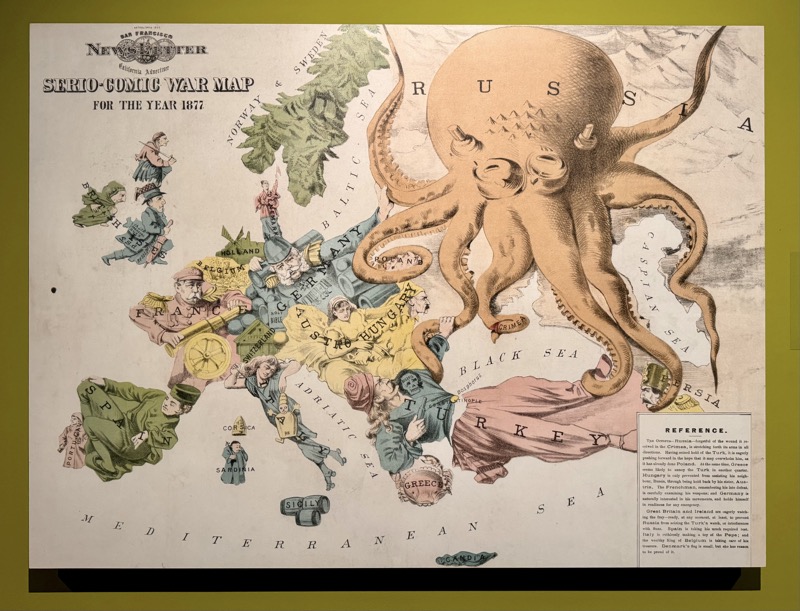
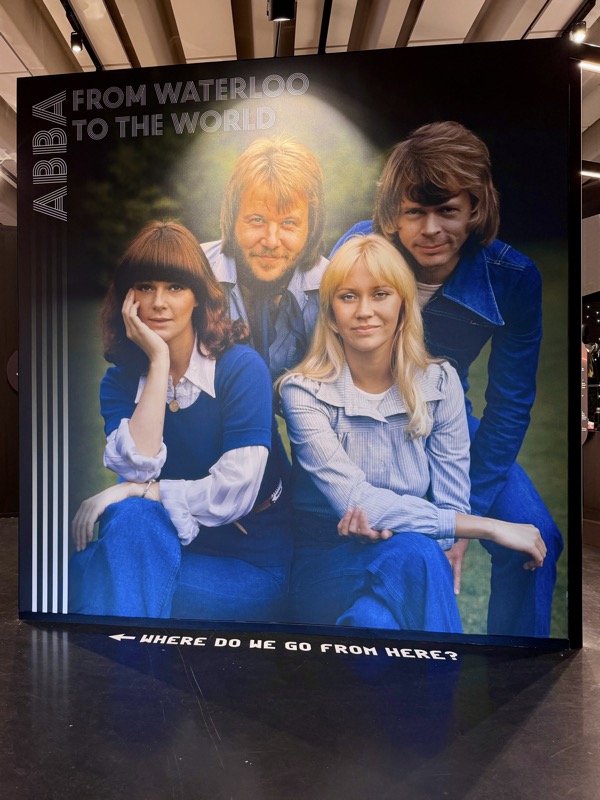
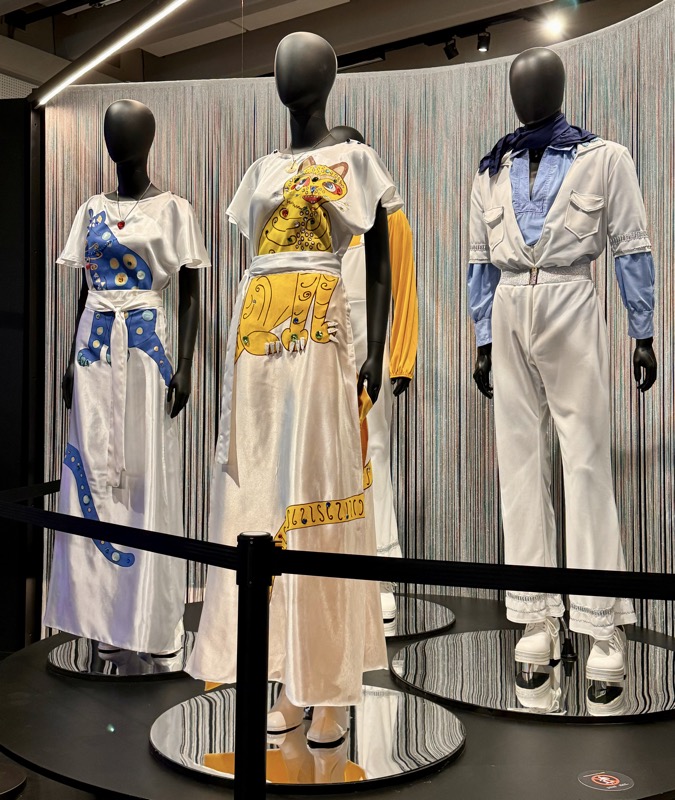

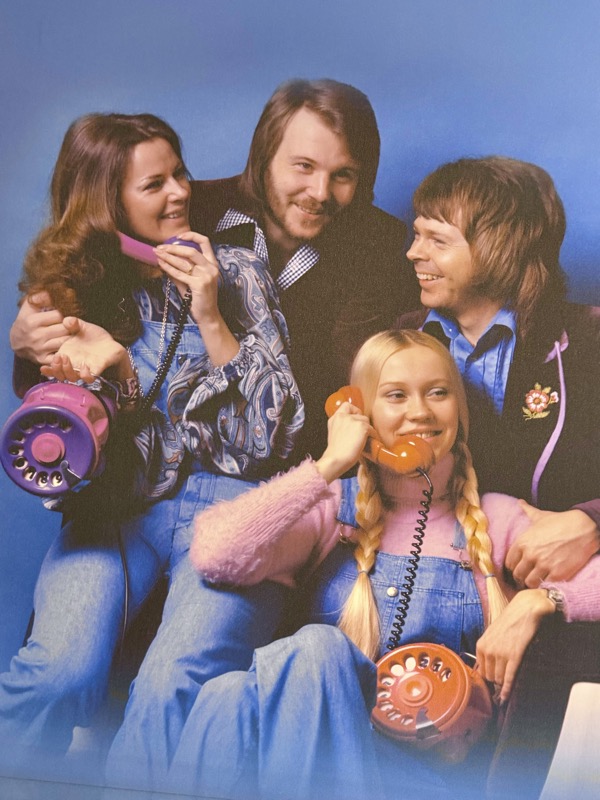
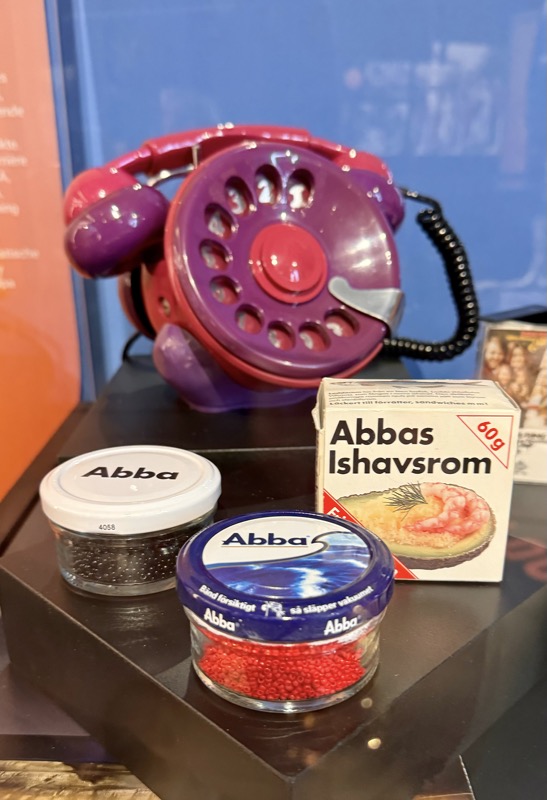
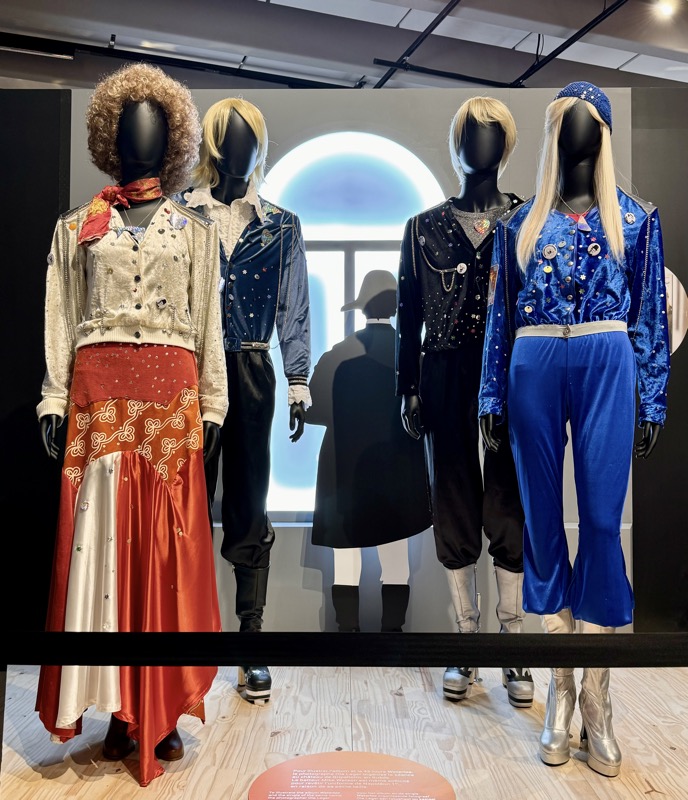
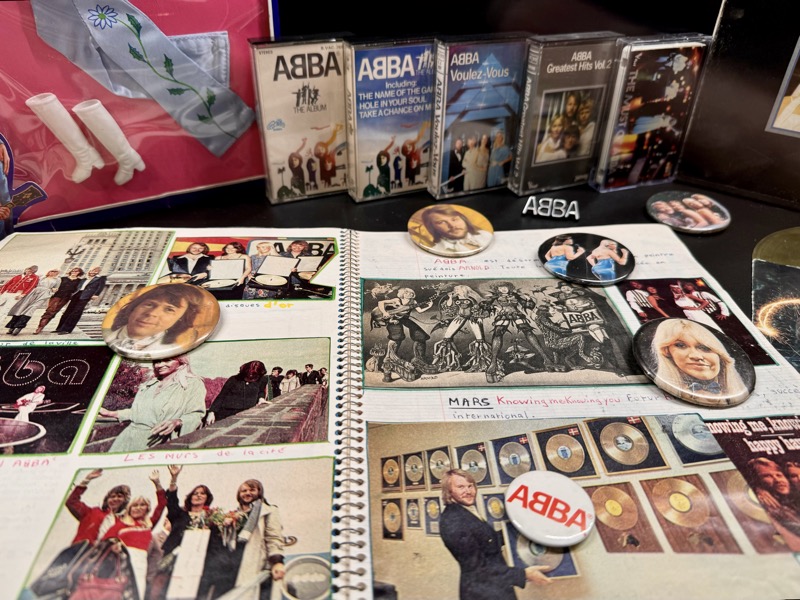
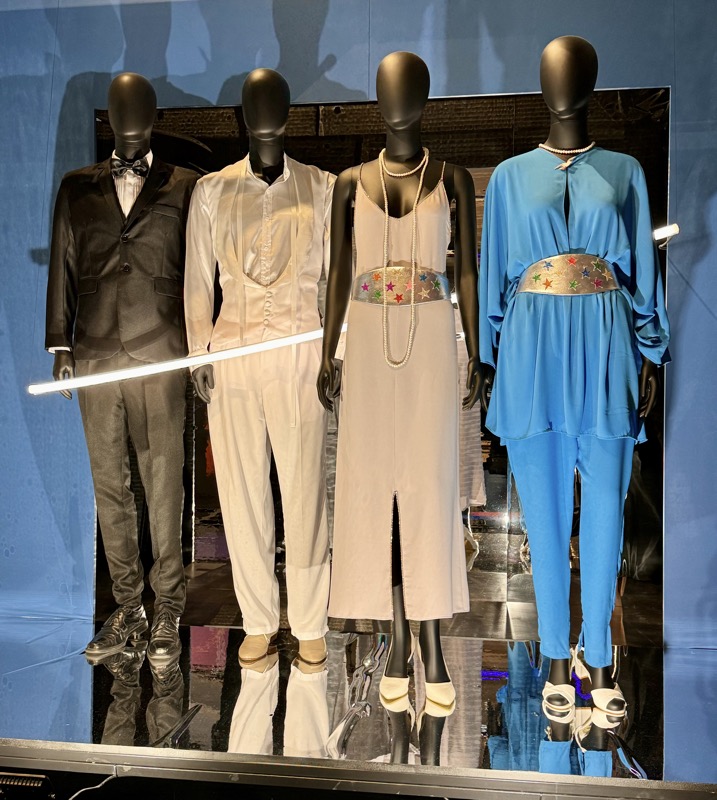
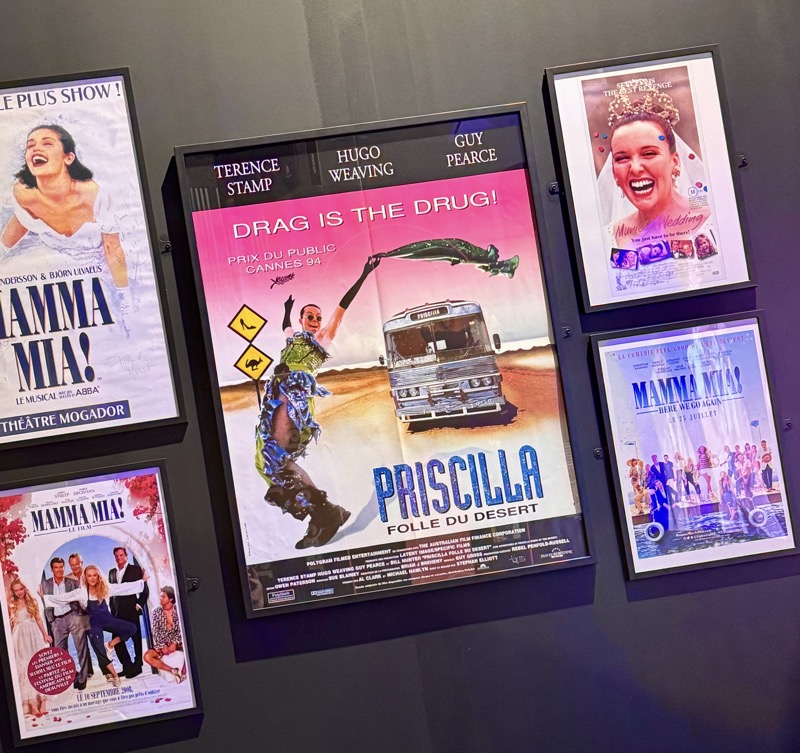
 Anyway, I have this one photo taken when we saw Rammstein in 2011, and I’ve always loved it; blurry mess of non-image forming blown out highlights, that it is… myself, BigSal, Yale and DA were at the show and man, did we pity poor Tool who came on after them and seemed so completely flat and boring in comparison. Ever since, I have always wanted to go see them do a big stadium show in Europe – preferably Berlin, (but the dates just were not going to play nice – and I’m so not gonna be fussy on this one). This has literally been on my ‘Things to Do Before I Die List’, and last night I finally got to see them in Lyon, France.
Anyway, I have this one photo taken when we saw Rammstein in 2011, and I’ve always loved it; blurry mess of non-image forming blown out highlights, that it is… myself, BigSal, Yale and DA were at the show and man, did we pity poor Tool who came on after them and seemed so completely flat and boring in comparison. Ever since, I have always wanted to go see them do a big stadium show in Europe – preferably Berlin, (but the dates just were not going to play nice – and I’m so not gonna be fussy on this one). This has literally been on my ‘Things to Do Before I Die List’, and last night I finally got to see them in Lyon, France.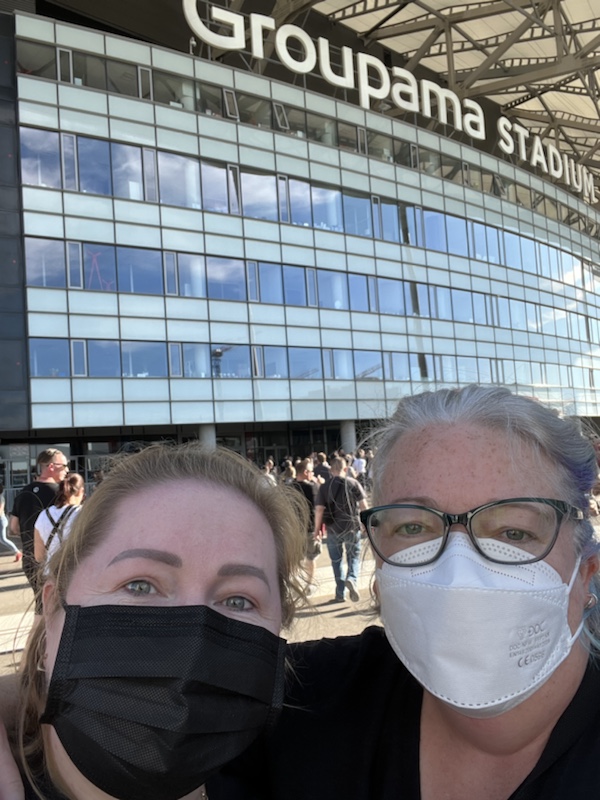 Stephola and I having a few ‘no shit, here we are!’ moments when we arrived and found out that (due to language barriers) I had booked us seats in a corporate box and the view was excellent of the entire stadium!
Stephola and I having a few ‘no shit, here we are!’ moments when we arrived and found out that (due to language barriers) I had booked us seats in a corporate box and the view was excellent of the entire stadium! 
 Spent half the night wishing I was in the mosh pit; the other half of the night thanking fuck I wasn’t! 😉
Spent half the night wishing I was in the mosh pit; the other half of the night thanking fuck I wasn’t! 😉 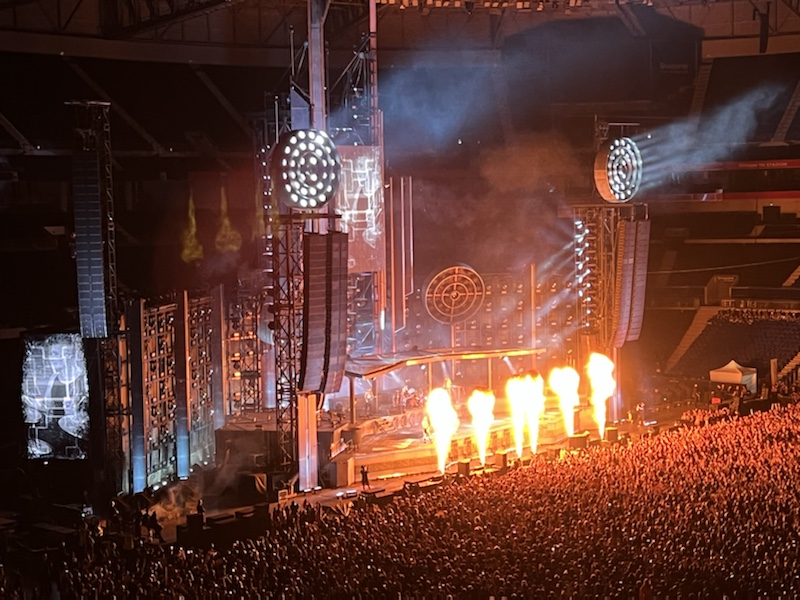




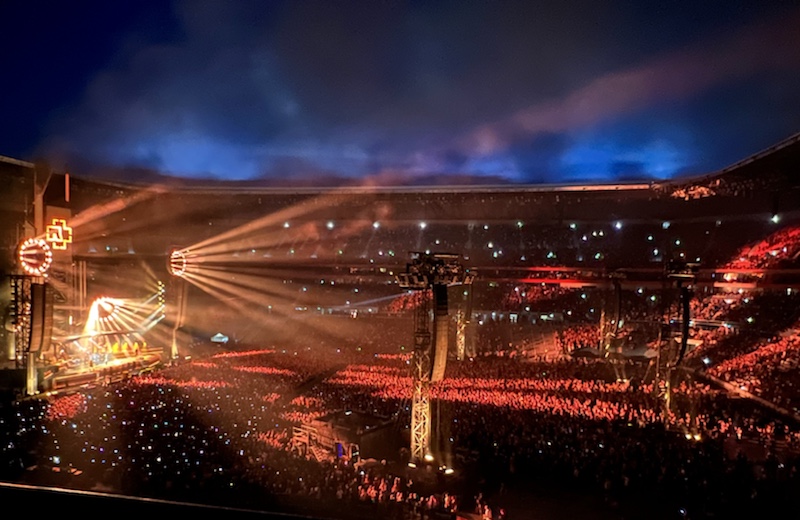
 When these huge flames leapt into the air, seemingly punctuating the music, I swear it felt like our eyebrows had been singed off! The heat was intense.
When these huge flames leapt into the air, seemingly punctuating the music, I swear it felt like our eyebrows had been singed off! The heat was intense.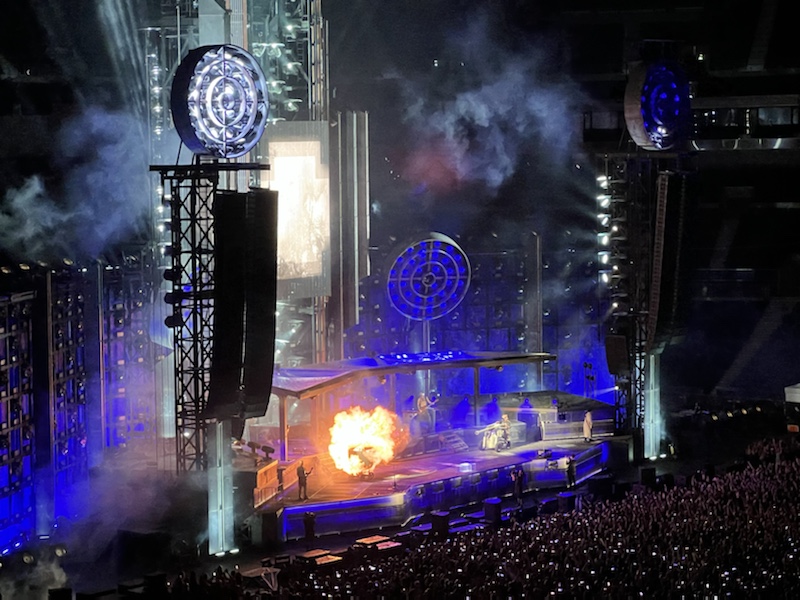
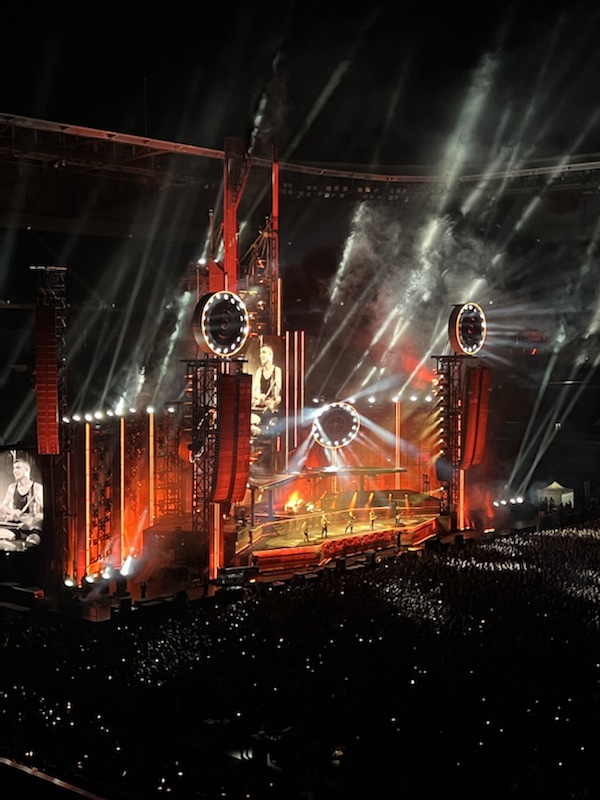
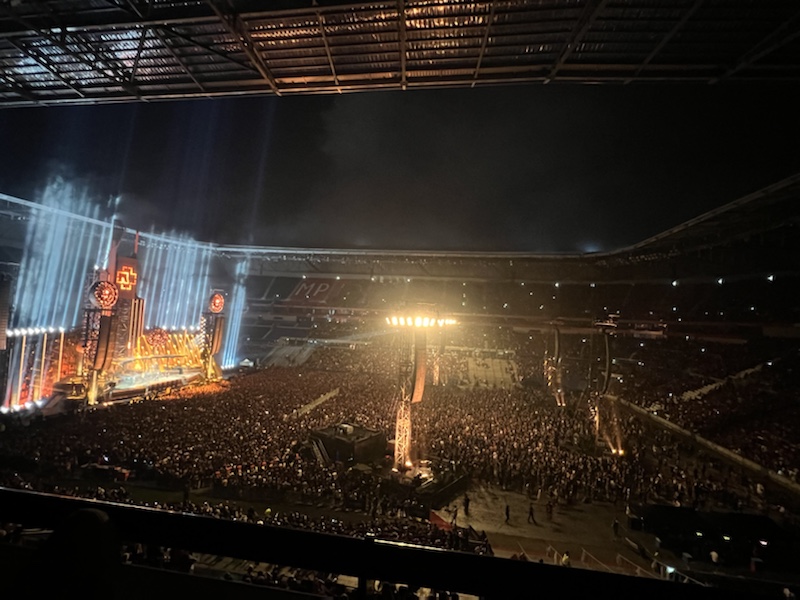 There was a small stage half way through the GA area that the support act had used earlier in the evening – a duo of pianists playing effectively, Rammstein Unplugged. It really got the crown going. The band also turned up on this stage to sing, ‘Engel’ which was beautiful, the crowd sang along (German surtitles provided) and lots of mobile phone torches made for a beautiful backdrop.
There was a small stage half way through the GA area that the support act had used earlier in the evening – a duo of pianists playing effectively, Rammstein Unplugged. It really got the crown going. The band also turned up on this stage to sing, ‘Engel’ which was beautiful, the crowd sang along (German surtitles provided) and lots of mobile phone torches made for a beautiful backdrop.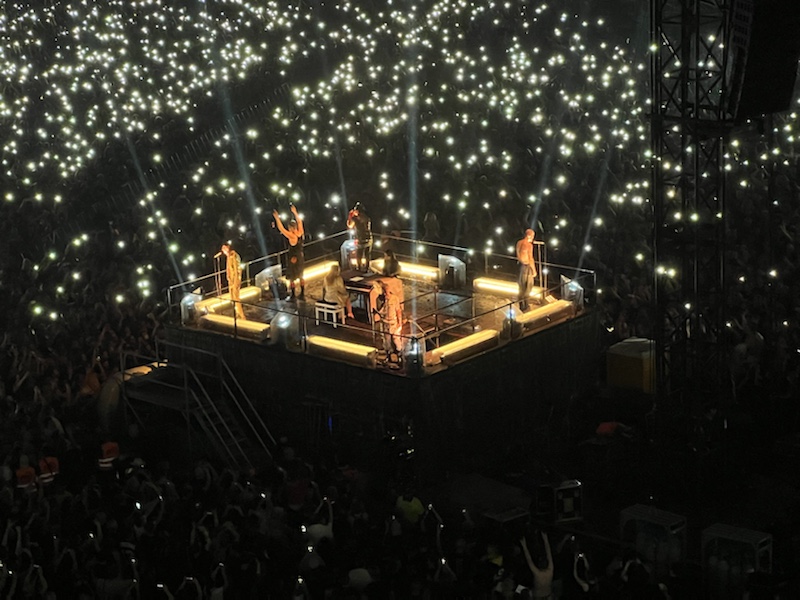 After they finished that song, they crowd surfed back to the stage on rubber dinghies.
After they finished that song, they crowd surfed back to the stage on rubber dinghies. 
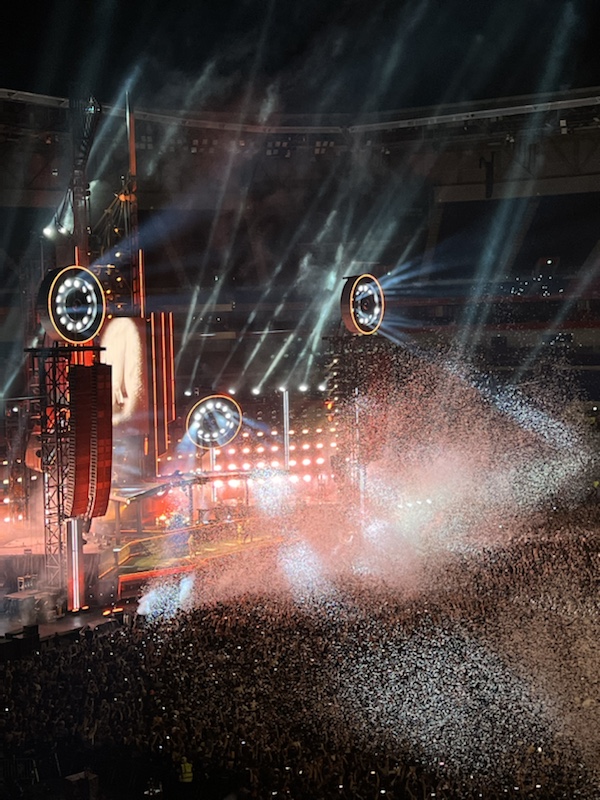 Caught this pic of Till Lindemann’s flaming backpack, you can see the accelerant has sprayed out, right before the streams are ignited. Way to go iPhone 13 Pro… not bad under difficult lighting.
Caught this pic of Till Lindemann’s flaming backpack, you can see the accelerant has sprayed out, right before the streams are ignited. Way to go iPhone 13 Pro… not bad under difficult lighting.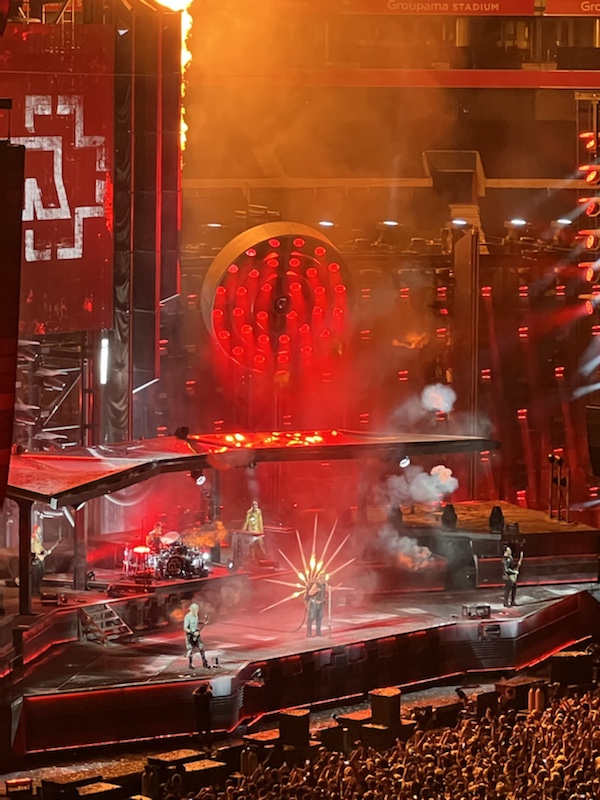




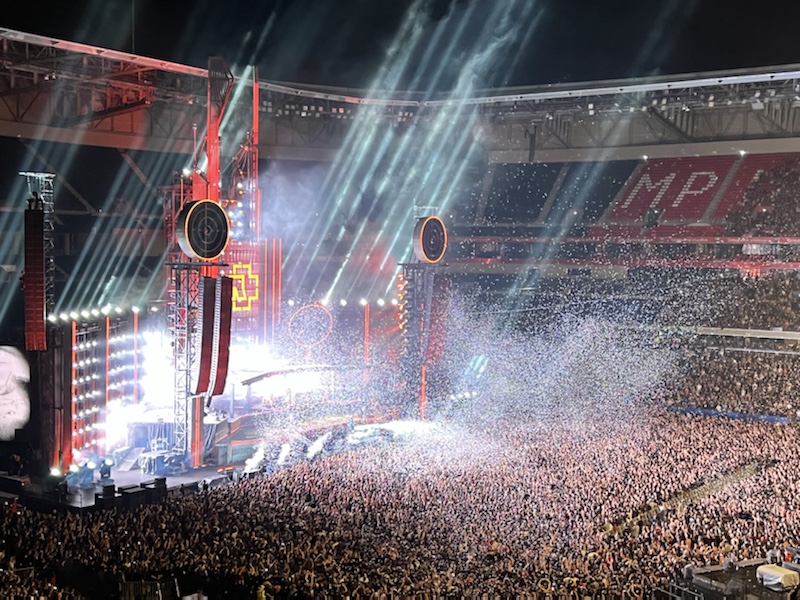
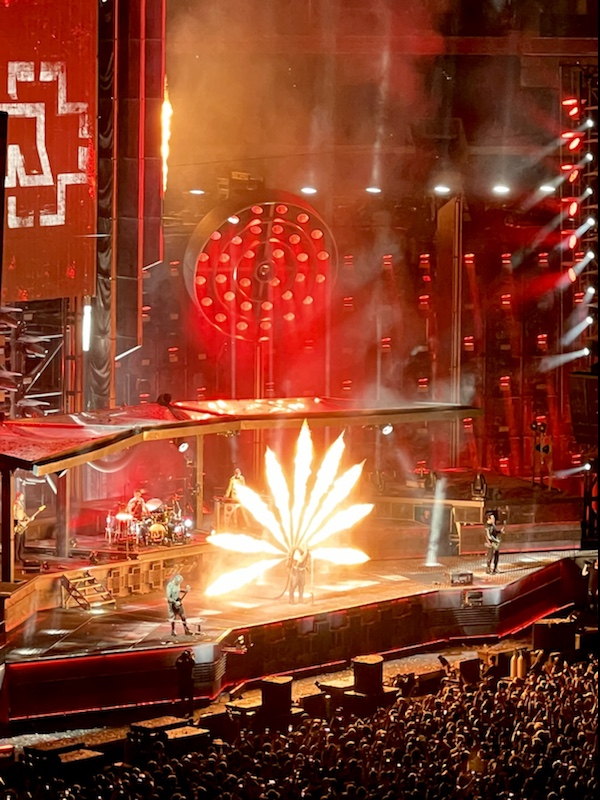


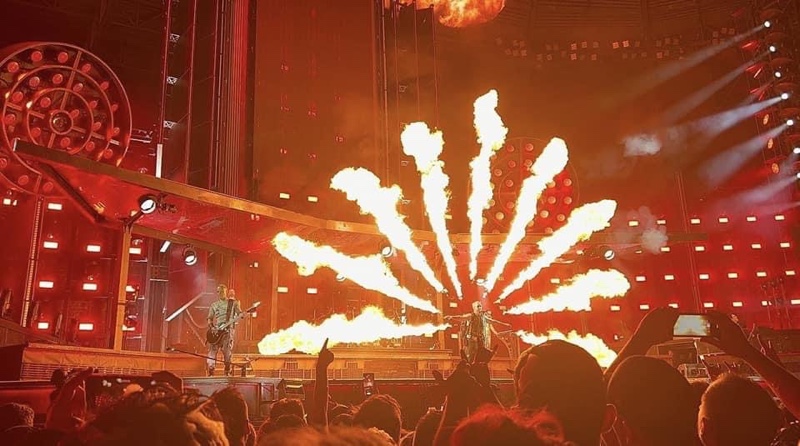
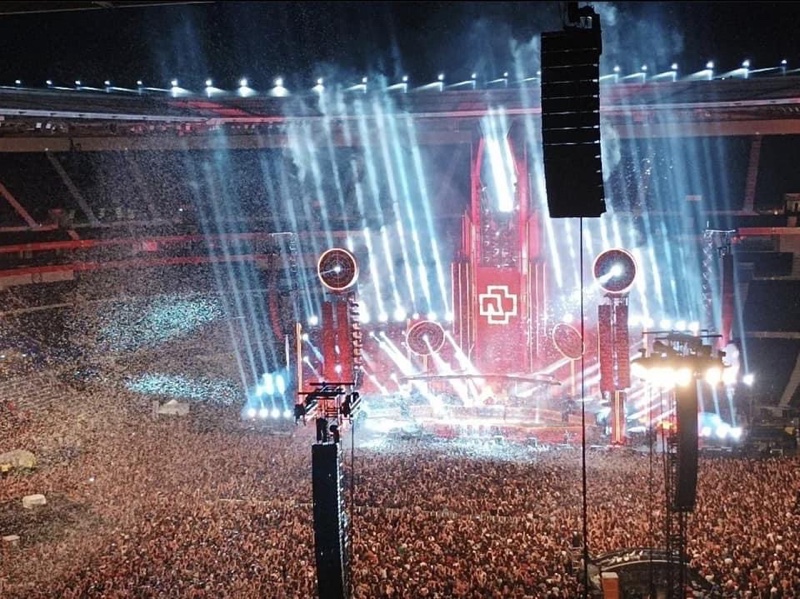
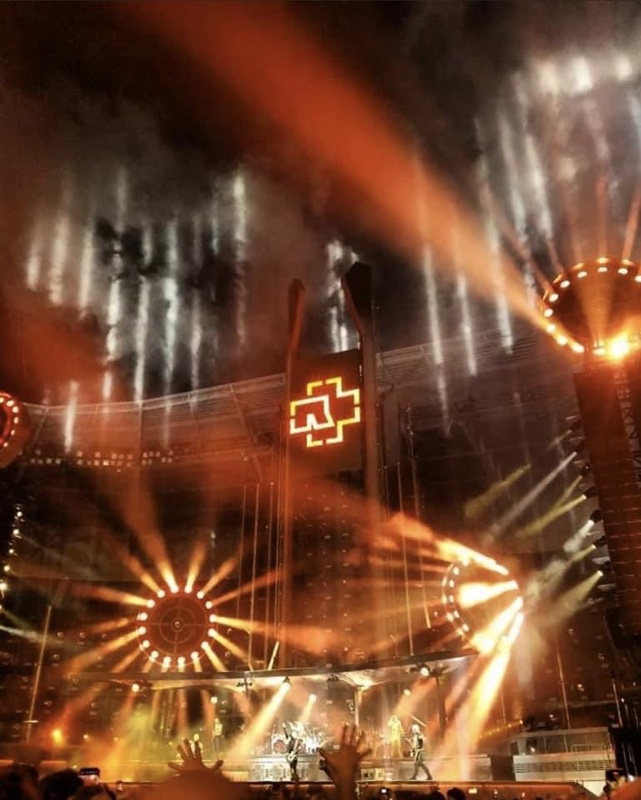






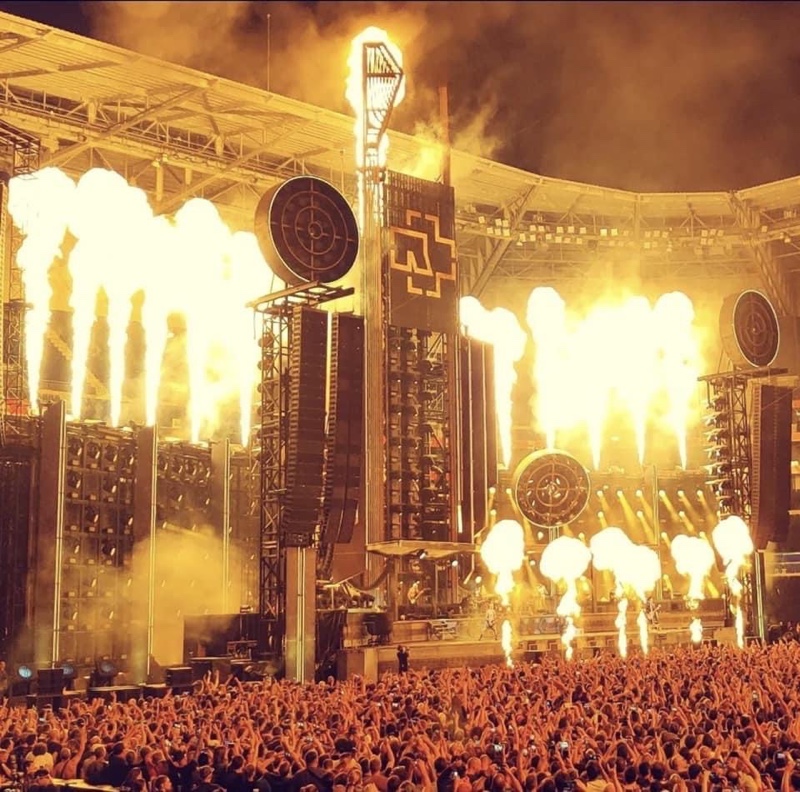
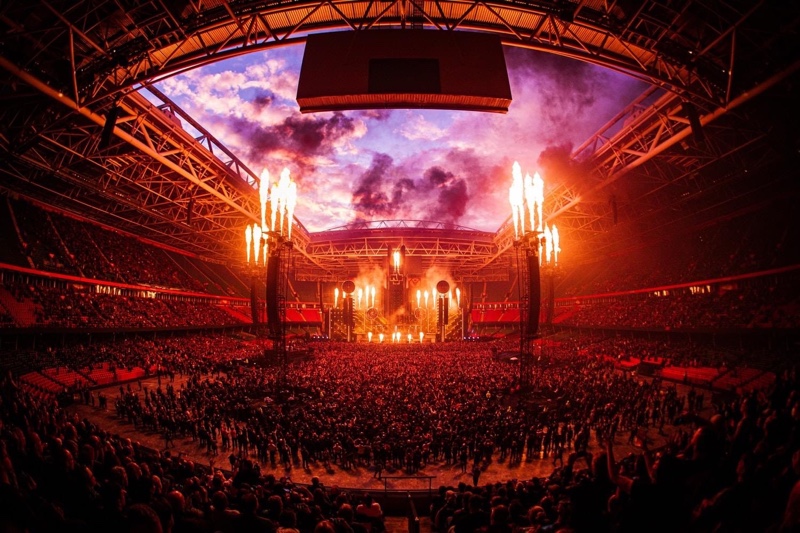 It’s a crazy thing to do – fly 15,000 kms to go see a band, but was so totally worth it. After seeing this stadium gig, I imagine we won’t ever see anything like this in Australia. We don’t have the populace to warrant the equipment, expertise and expense of bringing this show or anything like it, Down Under.
It’s a crazy thing to do – fly 15,000 kms to go see a band, but was so totally worth it. After seeing this stadium gig, I imagine we won’t ever see anything like this in Australia. We don’t have the populace to warrant the equipment, expertise and expense of bringing this show or anything like it, Down Under.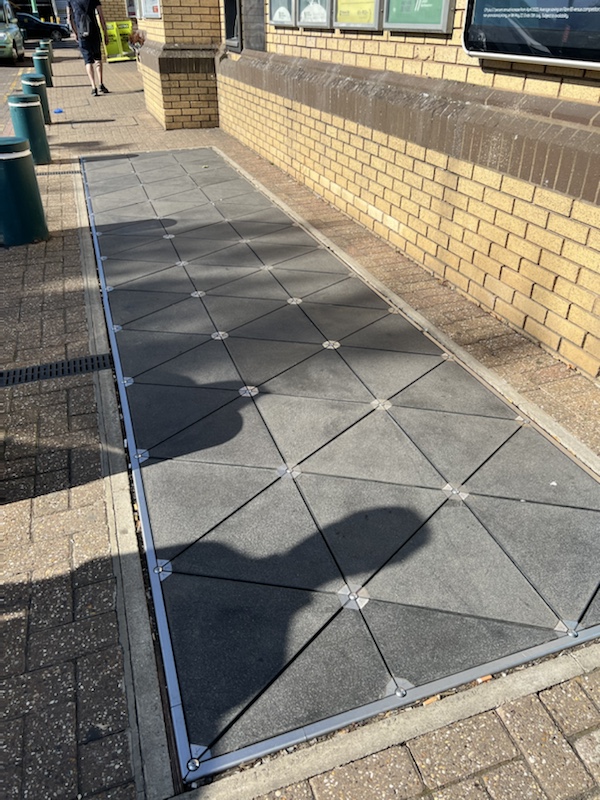
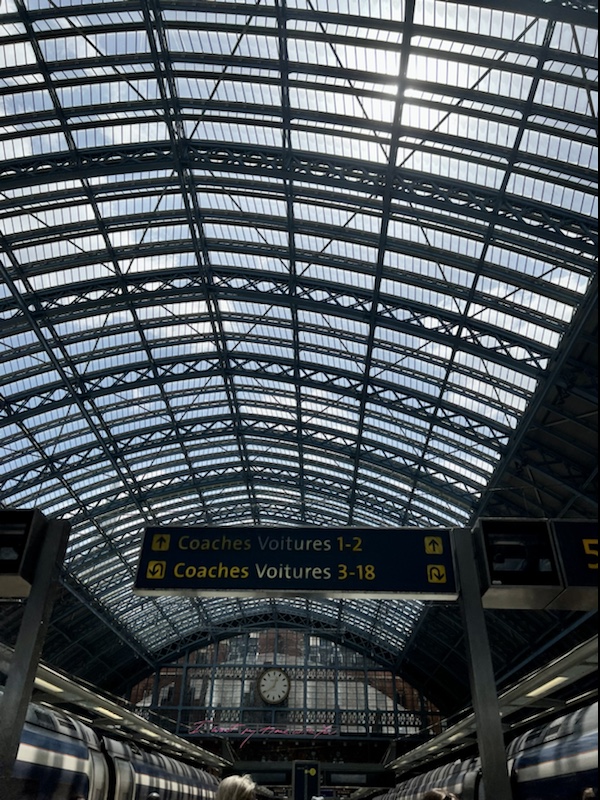
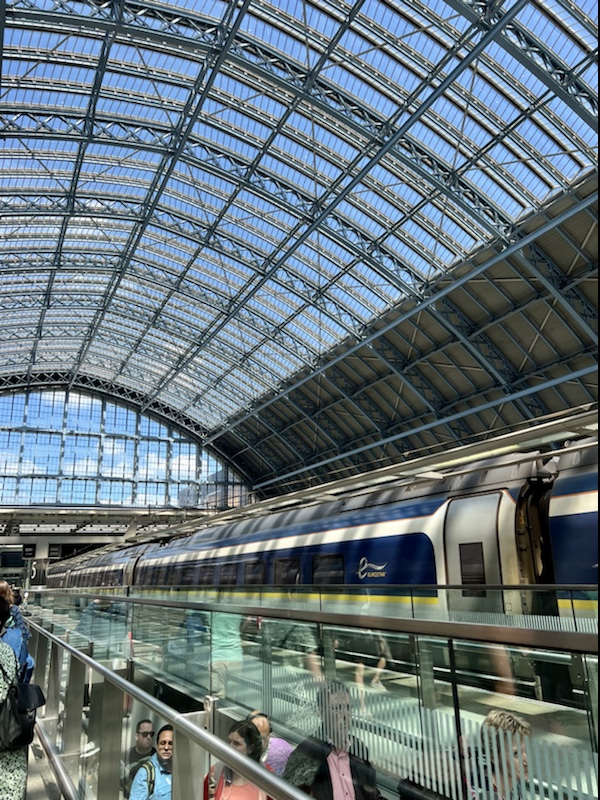
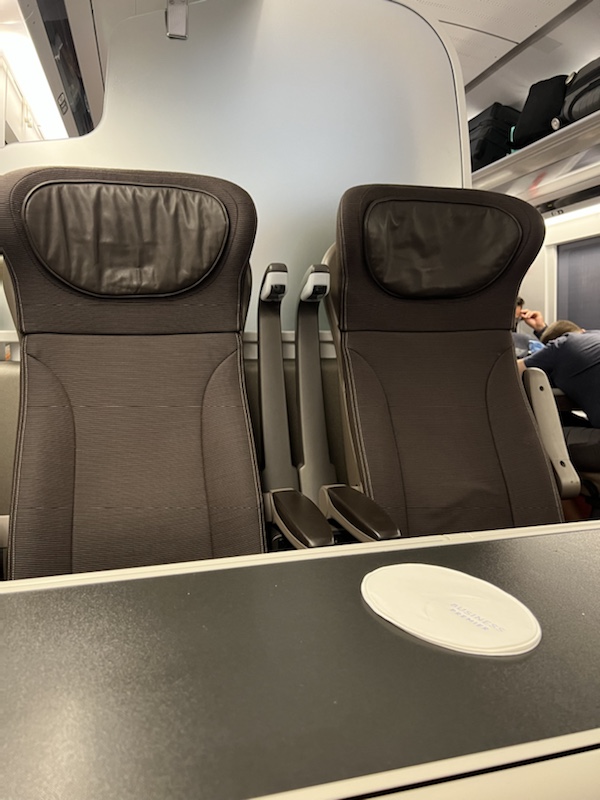

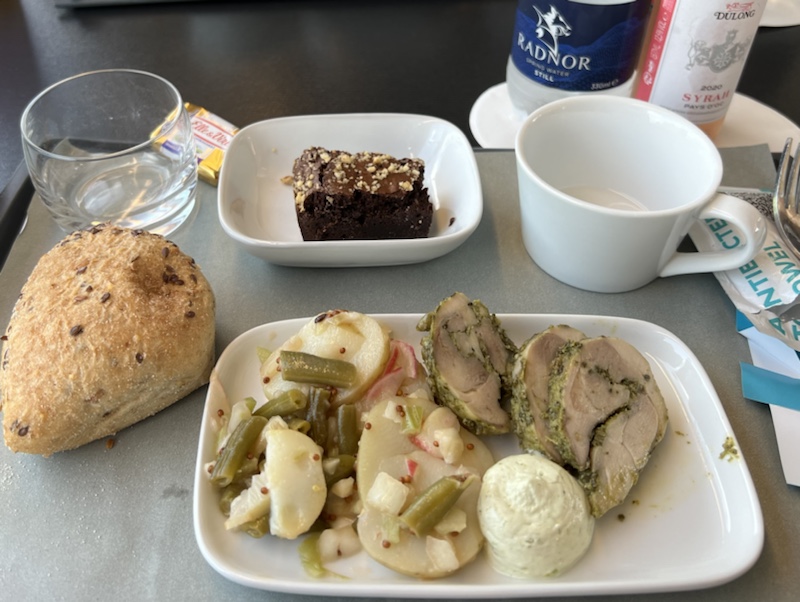
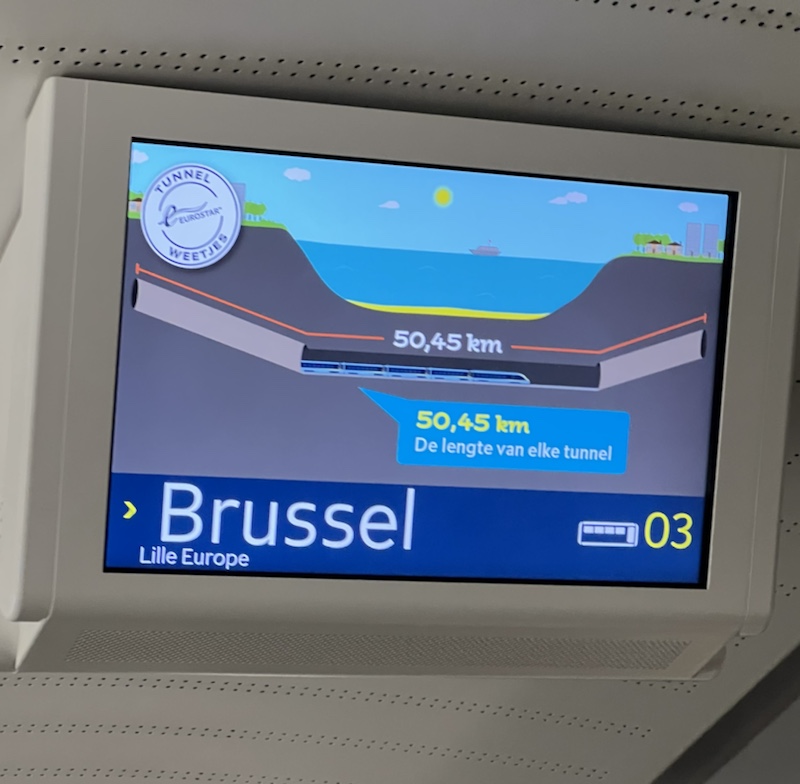
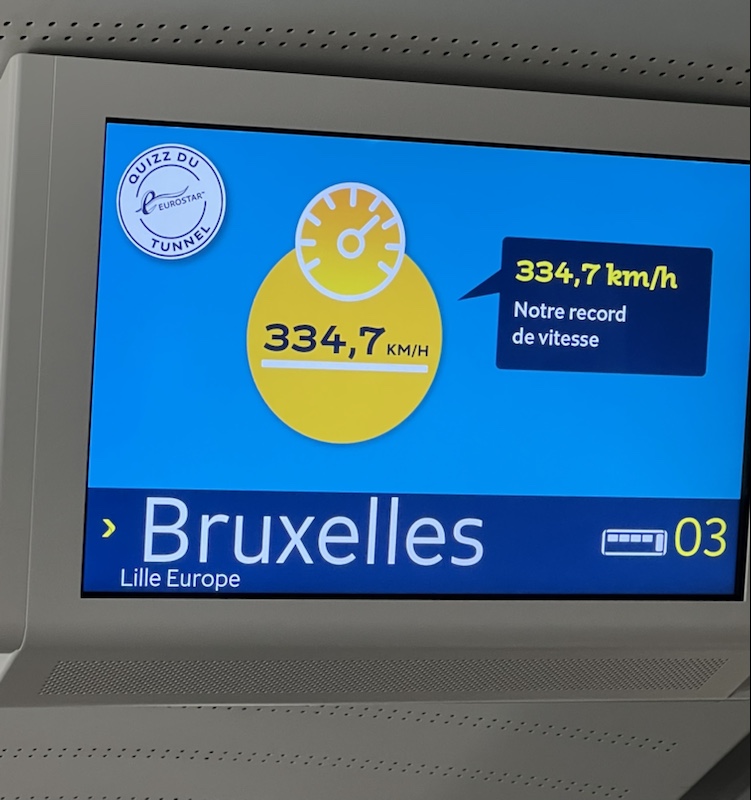 Going through the Chunnel was cool and I honestly had no idea who quick it would be. One minute it’s gone black – the actual tunnel is about 50km long and you’re through it in about 30mins. Before you know it, you’re hurtling through the French countryside which looked beautiful as we passed fields and quaint little villages.
Going through the Chunnel was cool and I honestly had no idea who quick it would be. One minute it’s gone black – the actual tunnel is about 50km long and you’re through it in about 30mins. Before you know it, you’re hurtling through the French countryside which looked beautiful as we passed fields and quaint little villages. 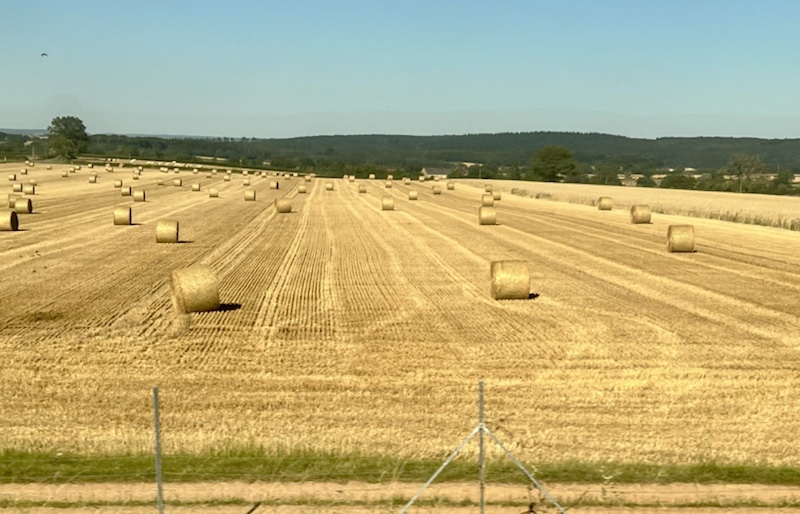
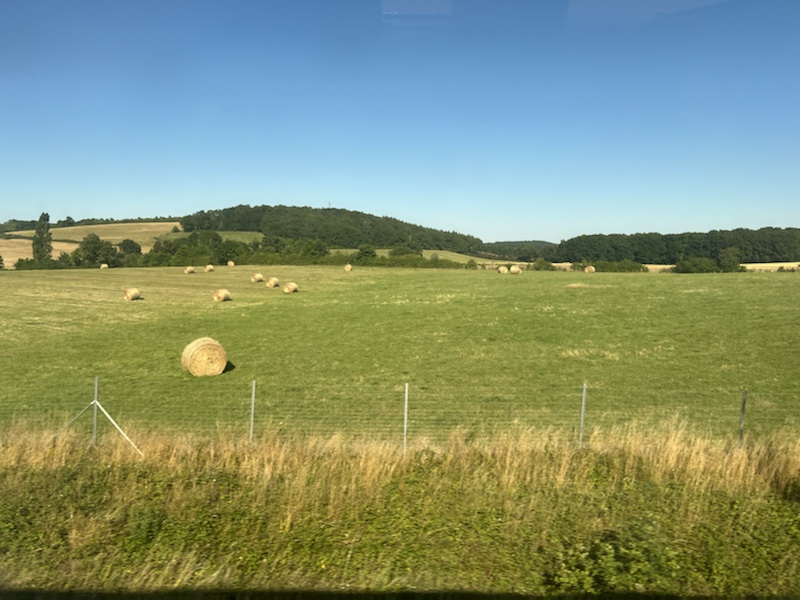
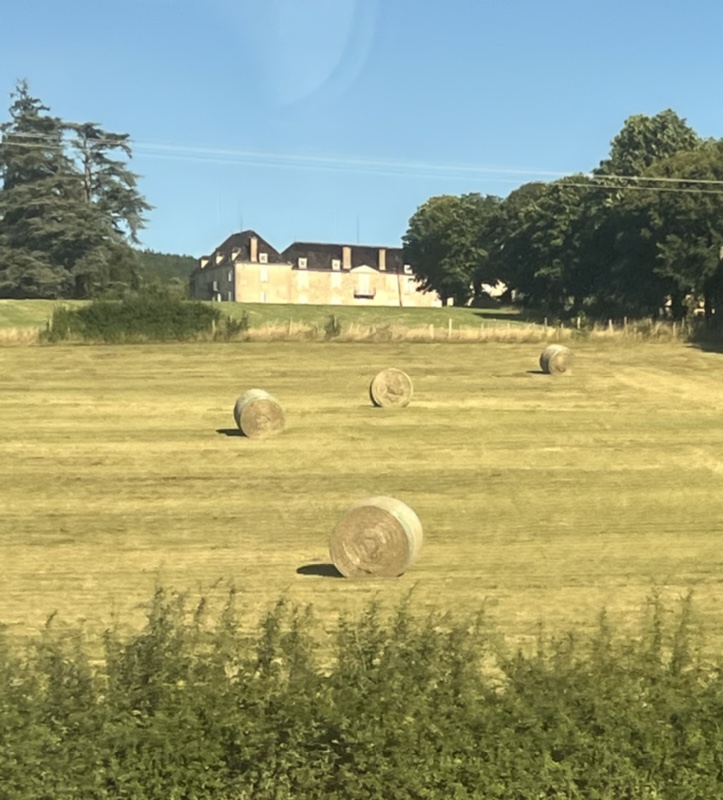 We arrived in Lille to change trains to the TGV much sooner than I expected (possibly because my phone hadn’t automatically changed time zones for me) and then it was a short amount of confusion regarding bathrooms (that were miles away) and platforms (which was the one we had just come up from!) before we were settled on the next train to Lyon.
We arrived in Lille to change trains to the TGV much sooner than I expected (possibly because my phone hadn’t automatically changed time zones for me) and then it was a short amount of confusion regarding bathrooms (that were miles away) and platforms (which was the one we had just come up from!) before we were settled on the next train to Lyon.